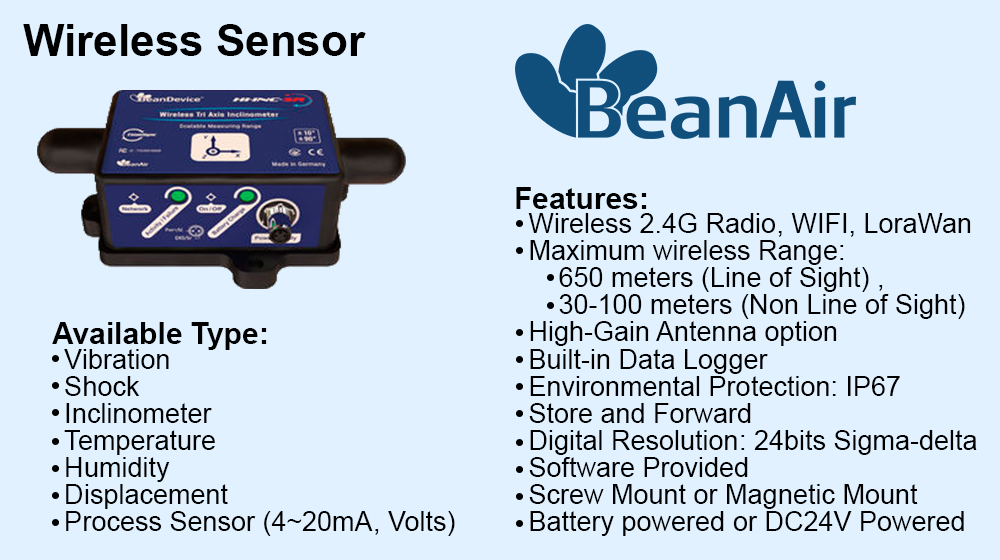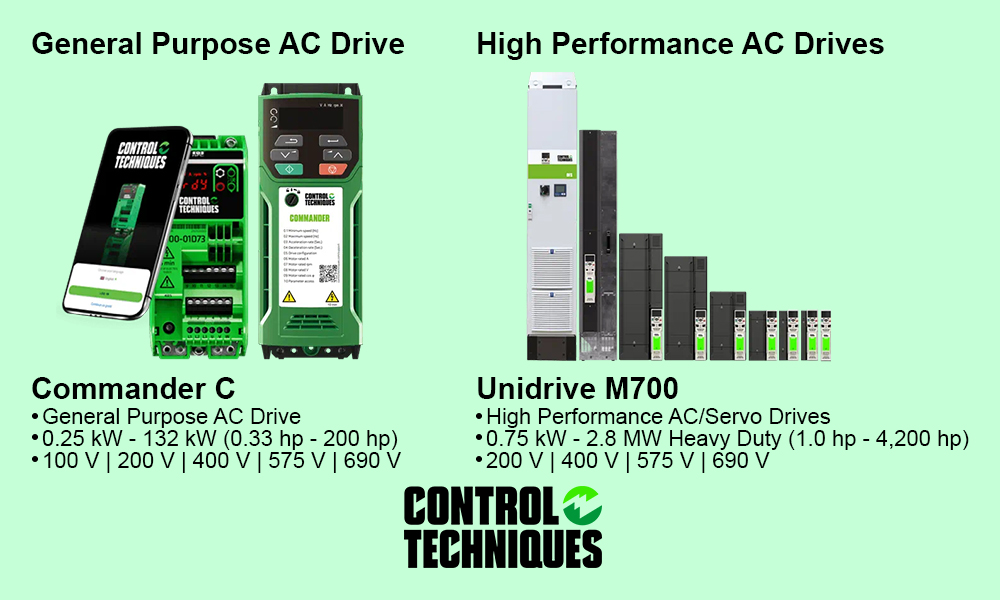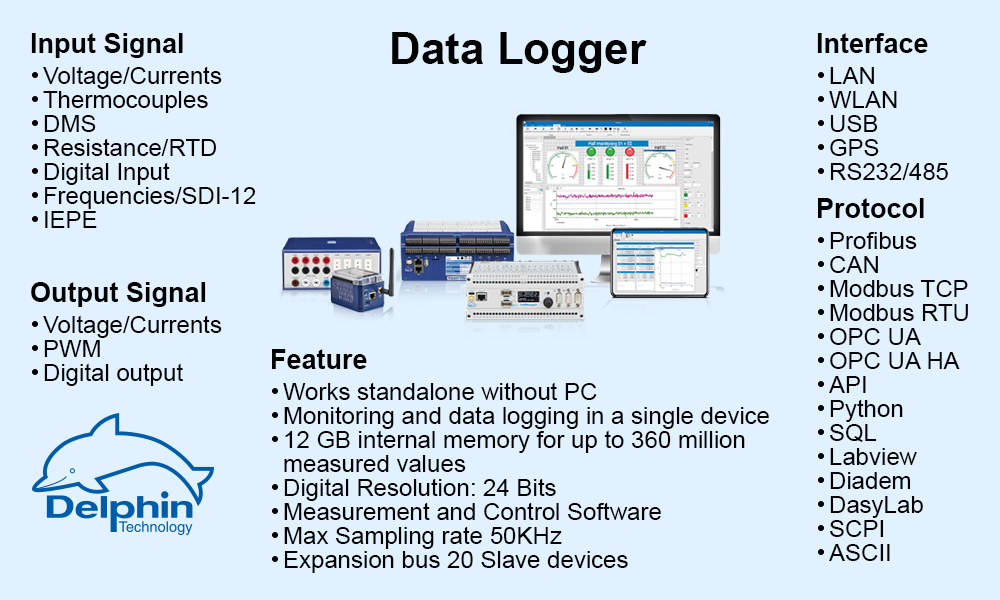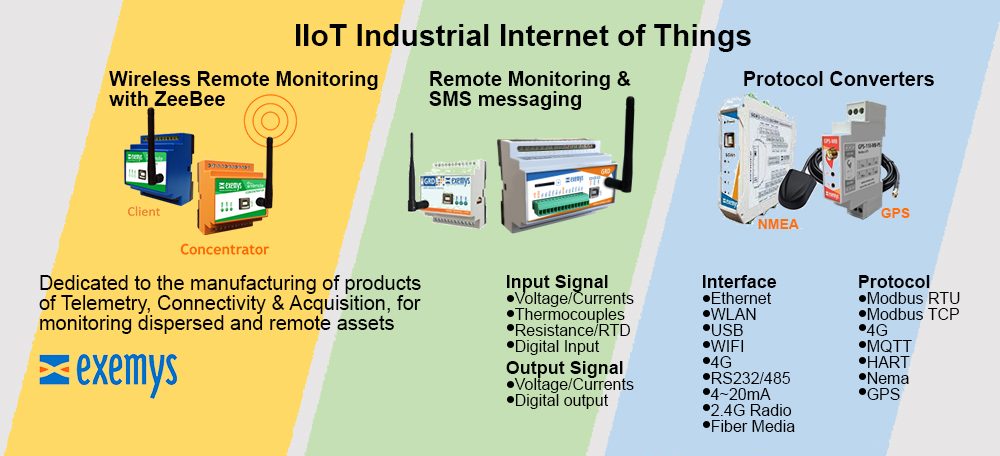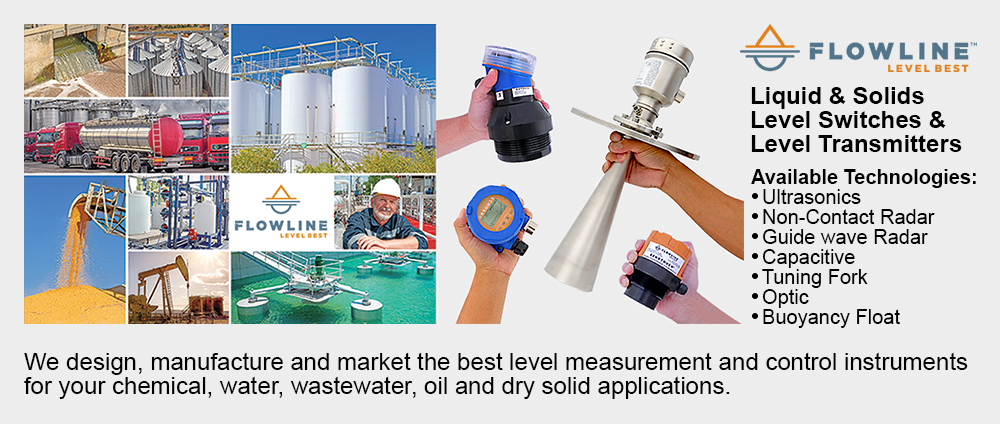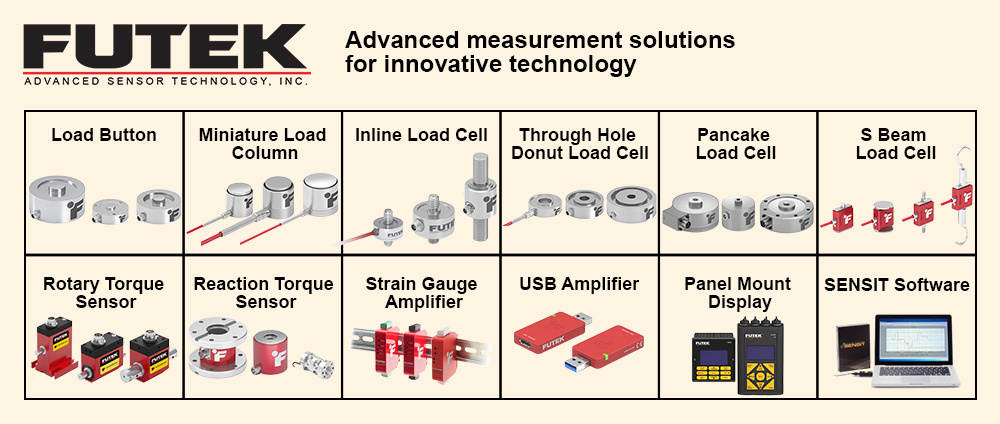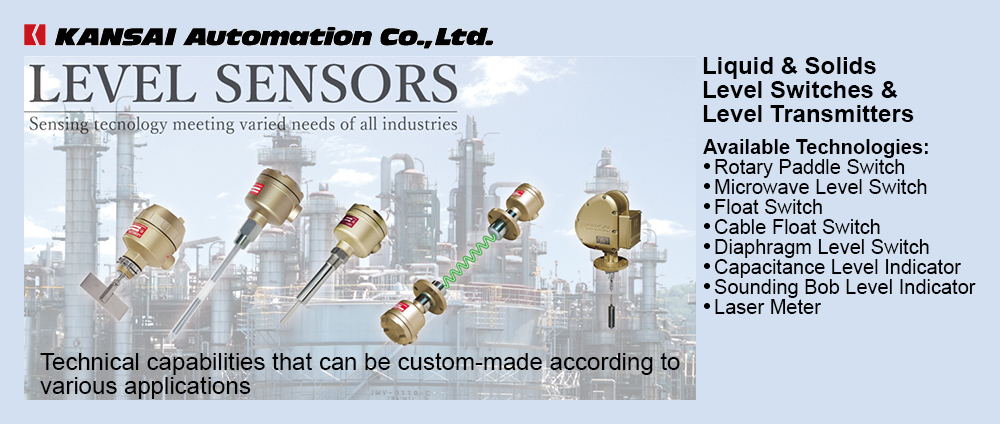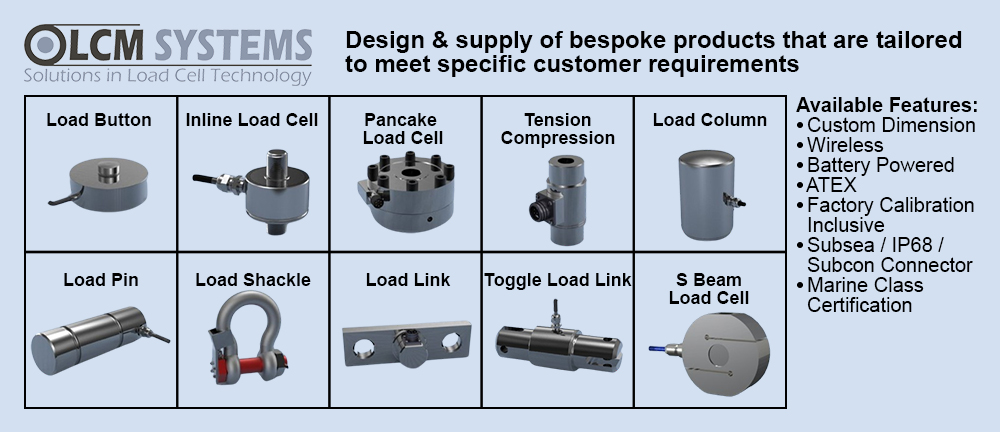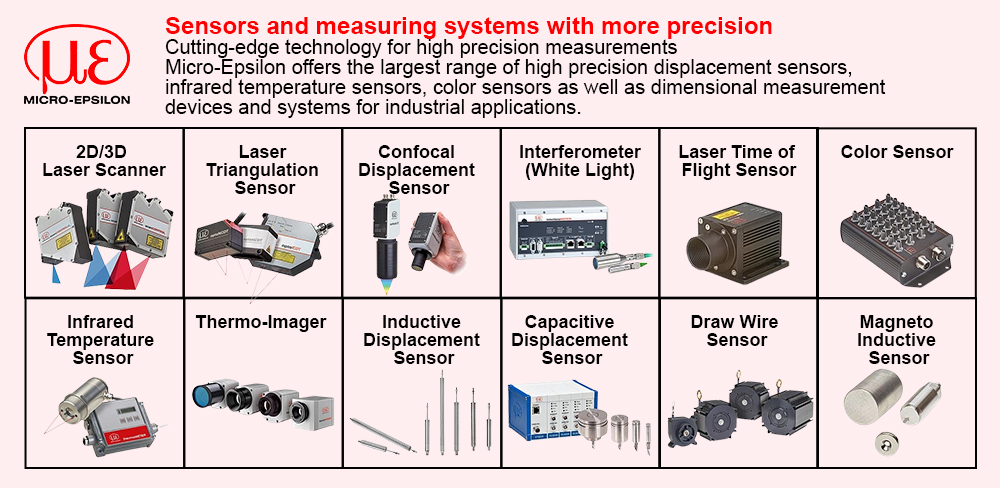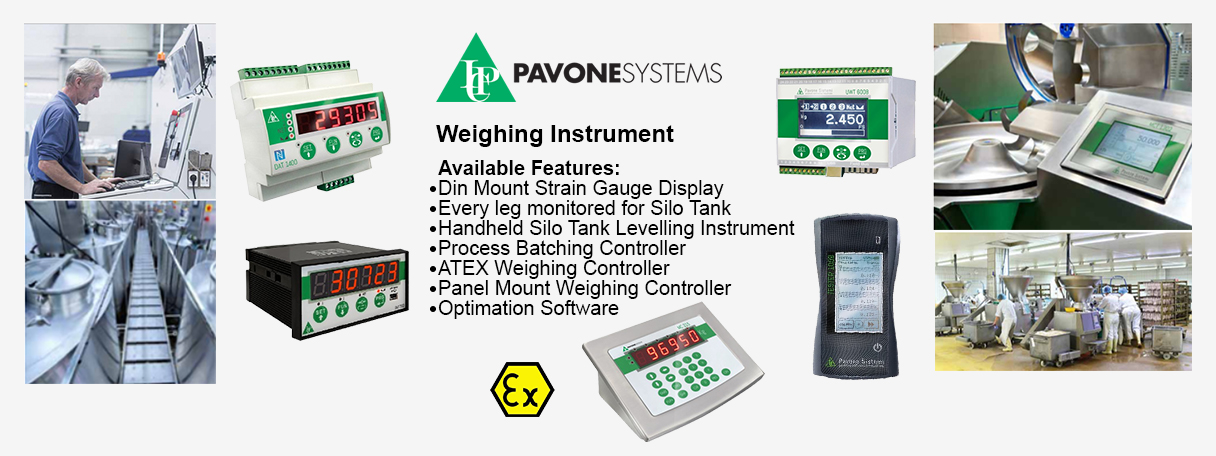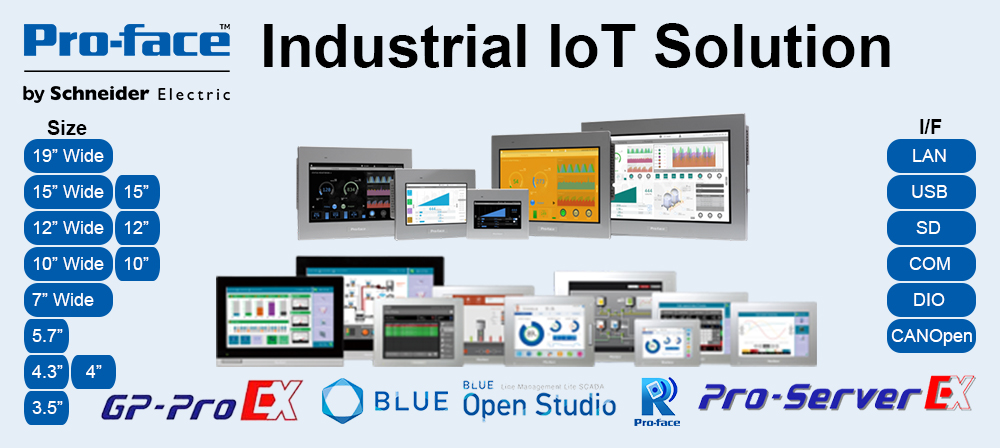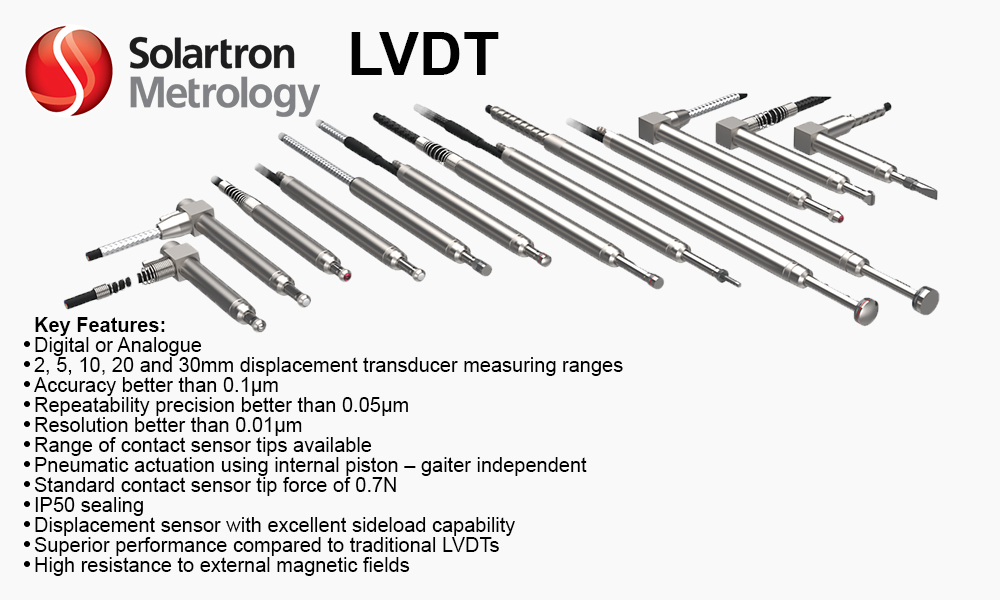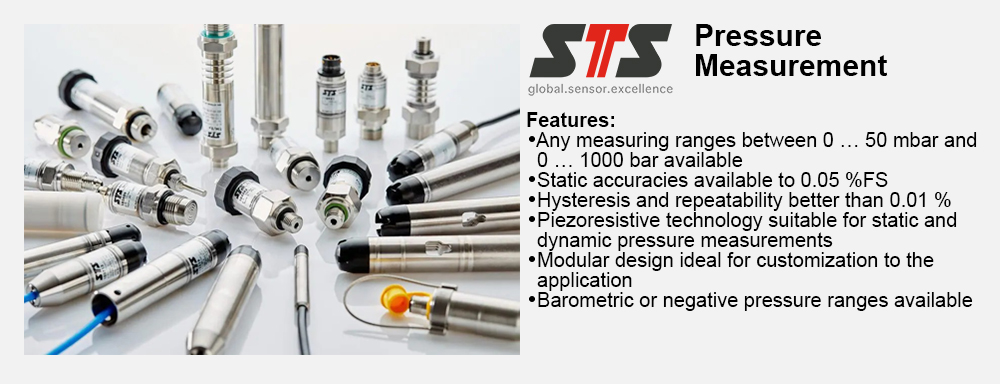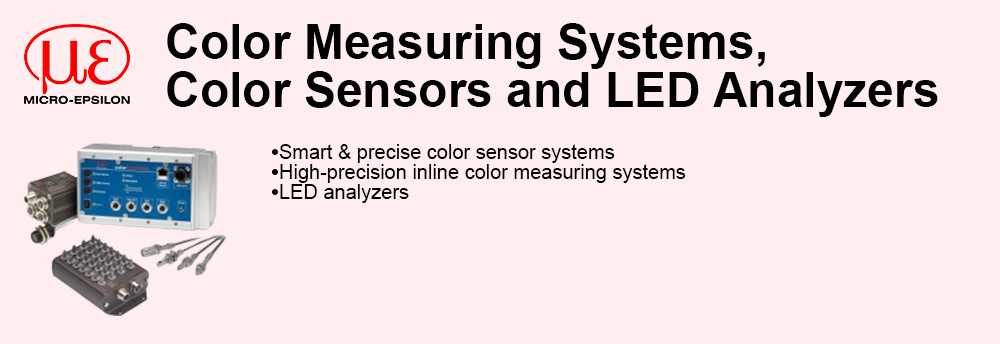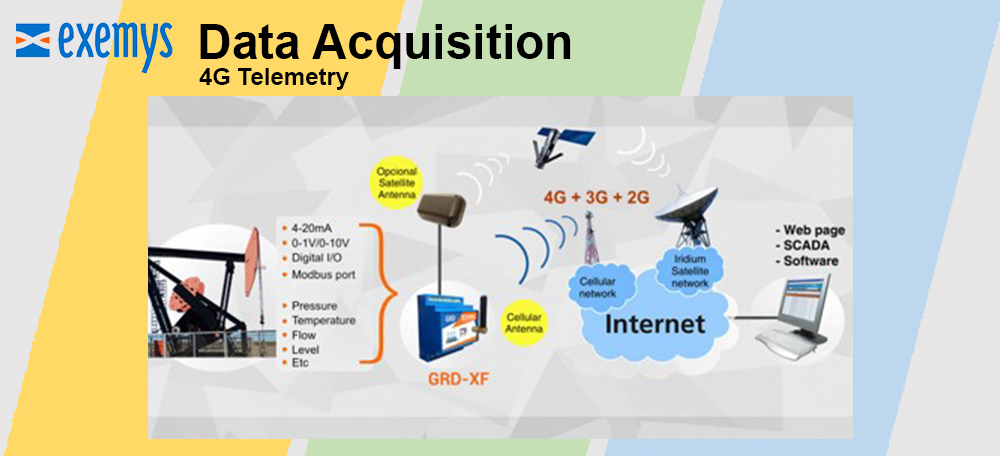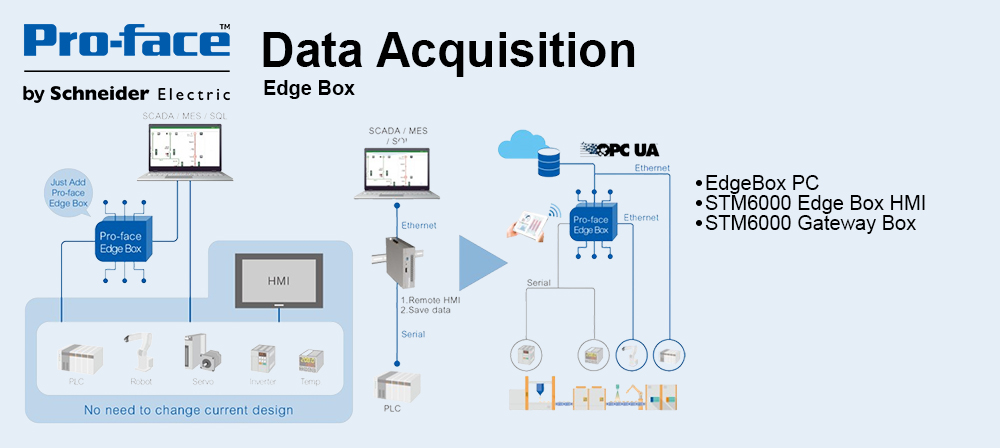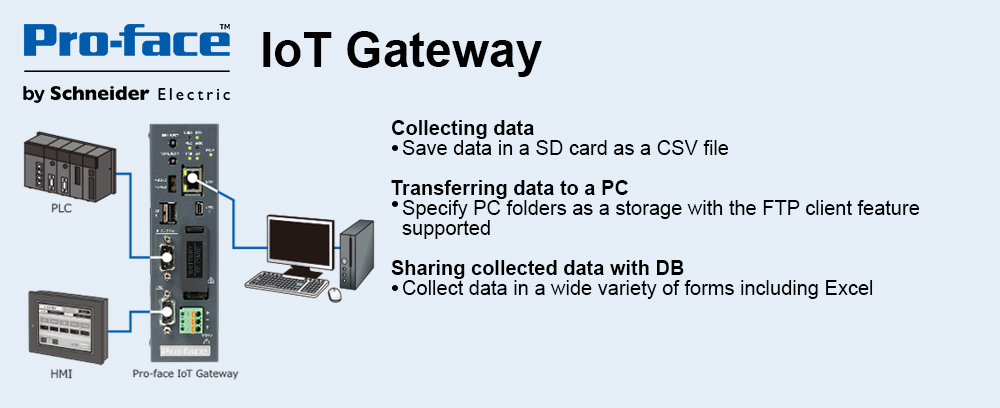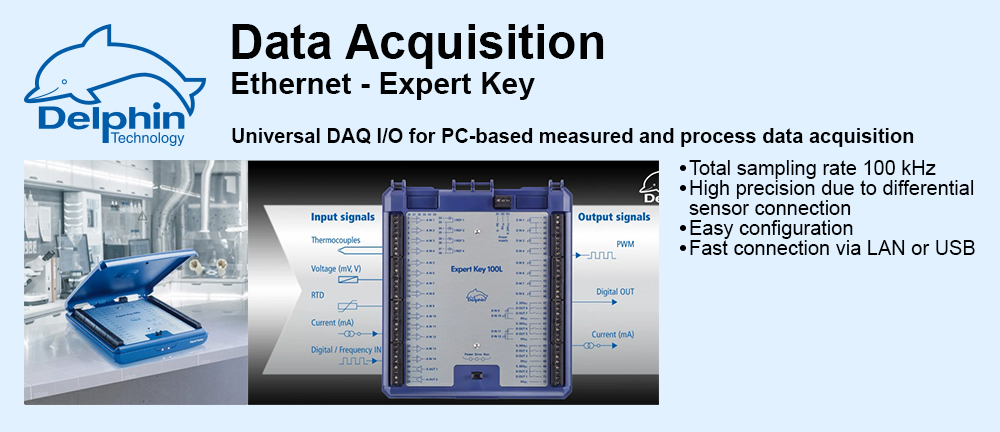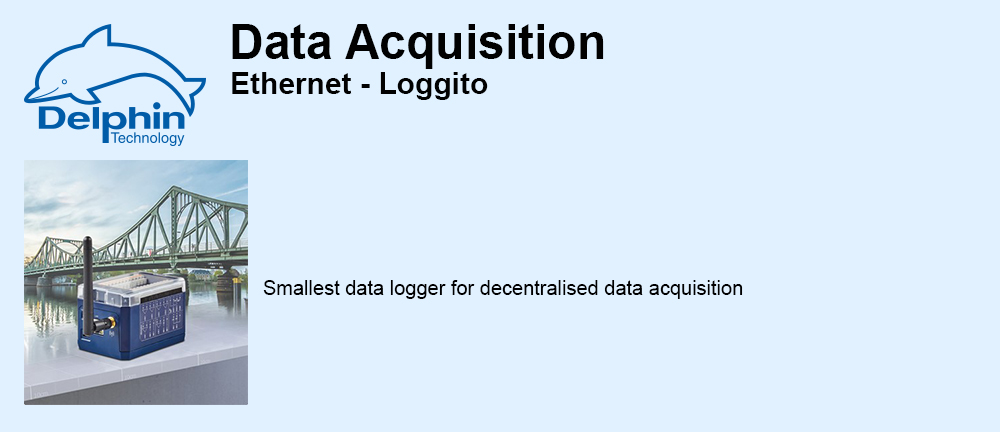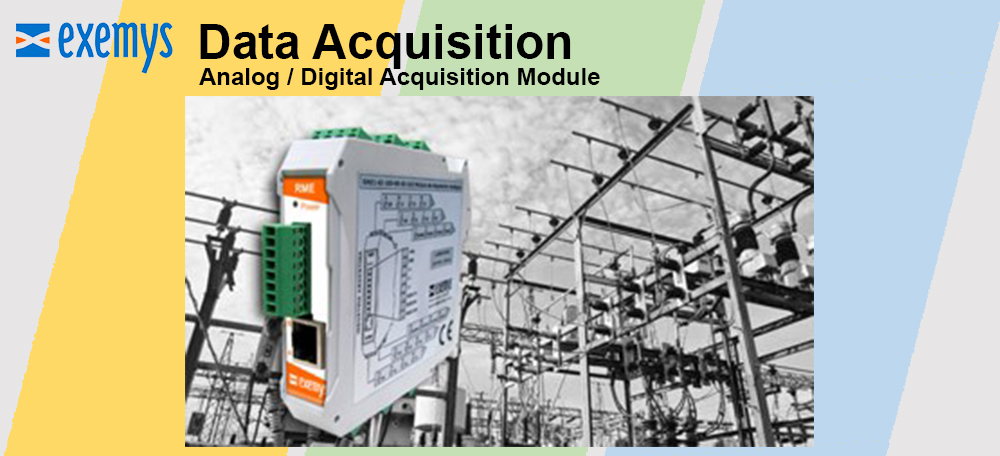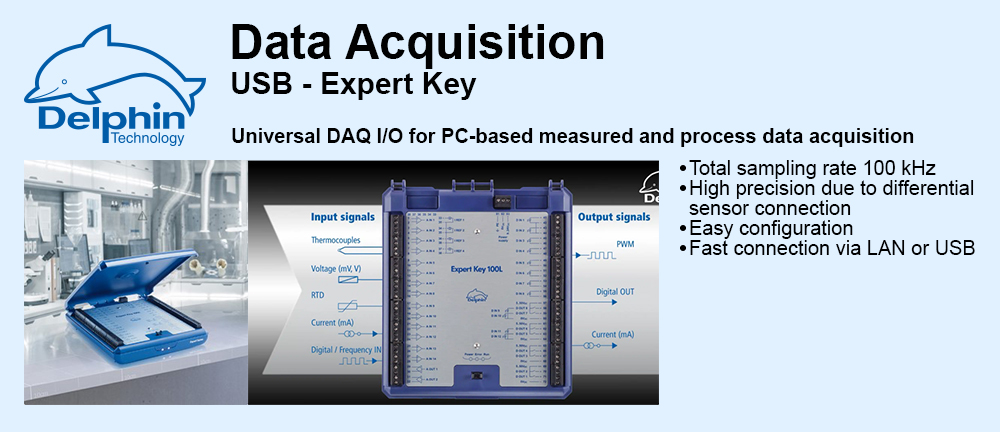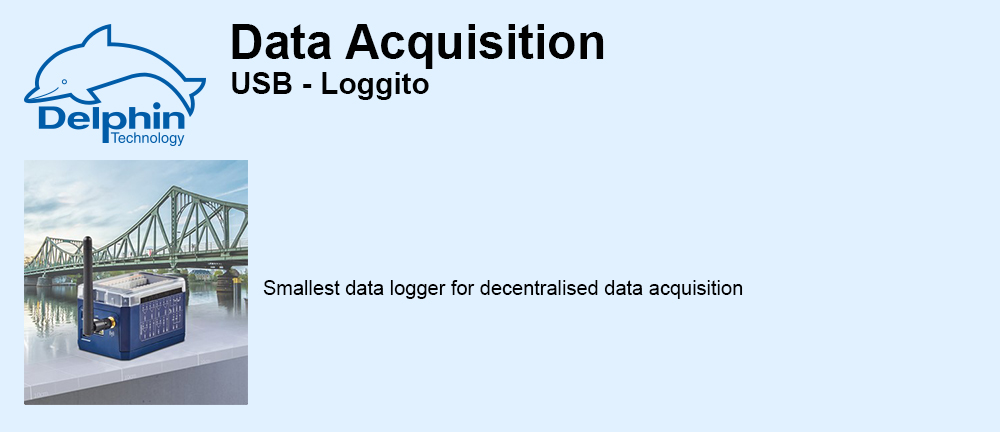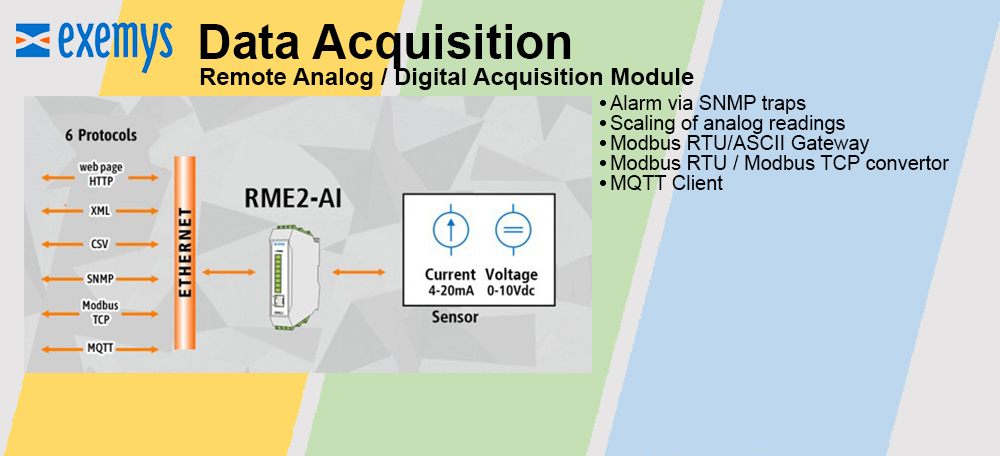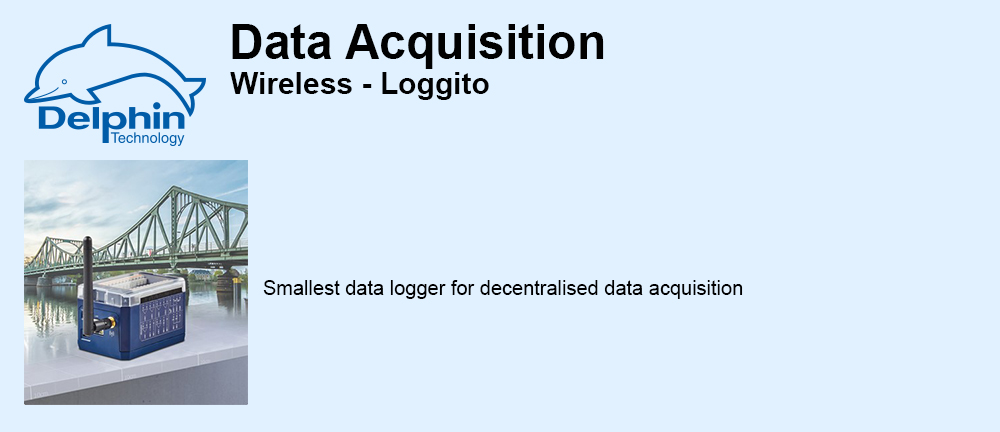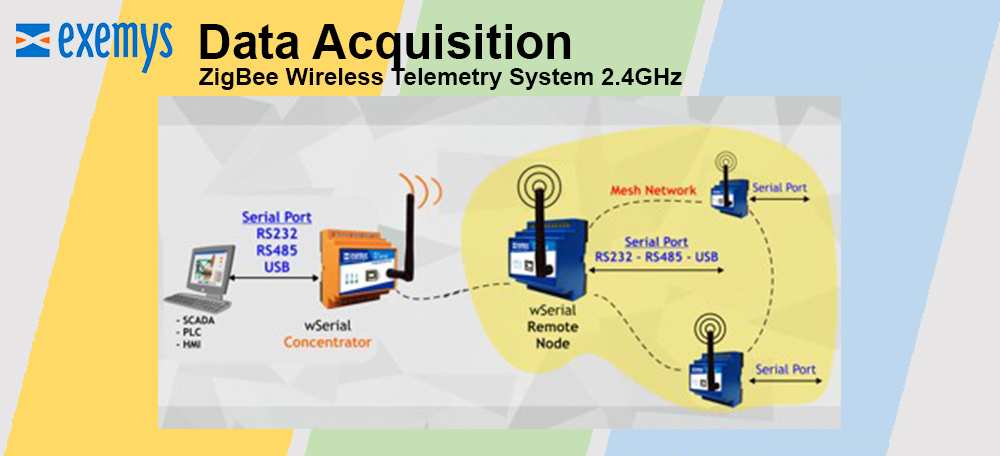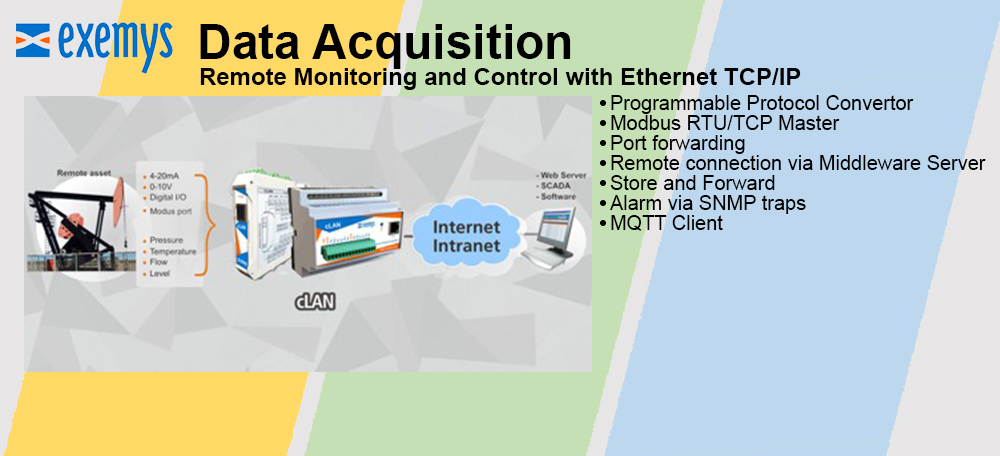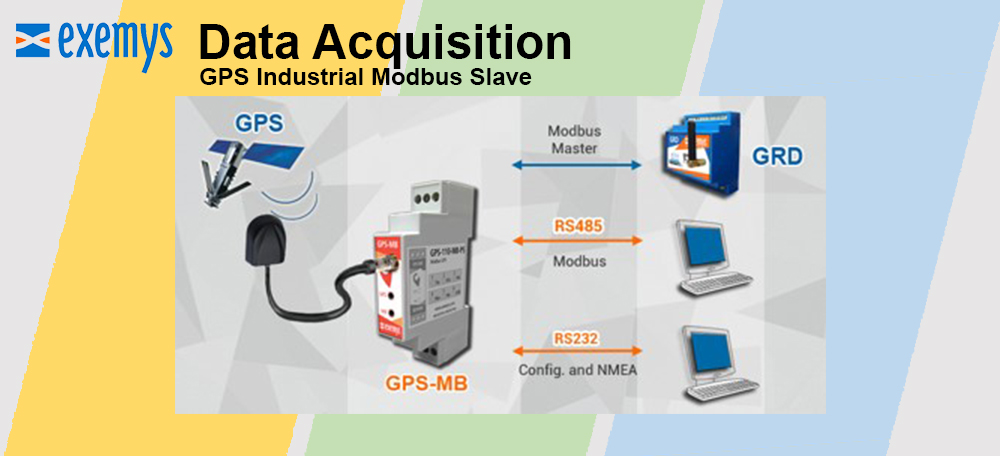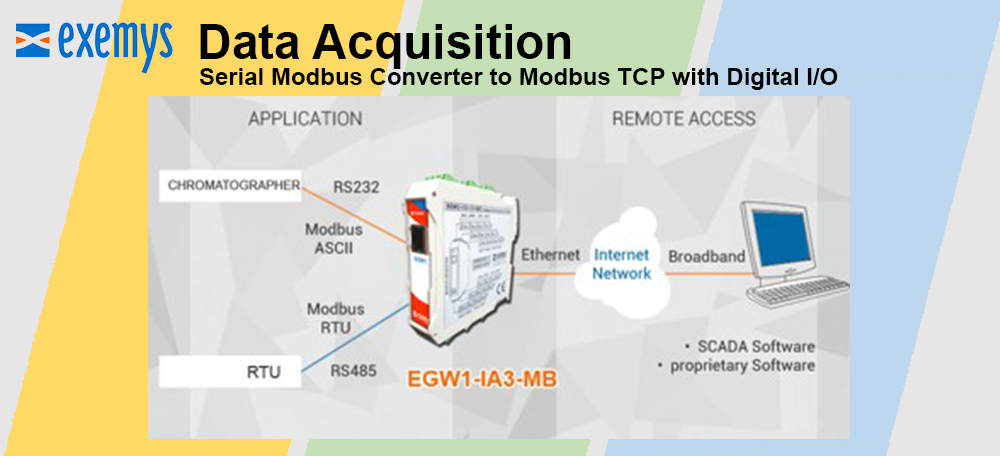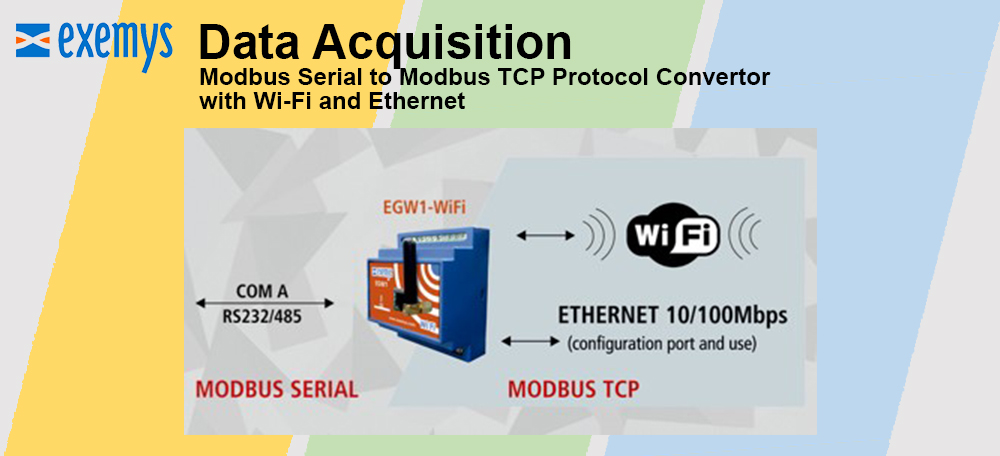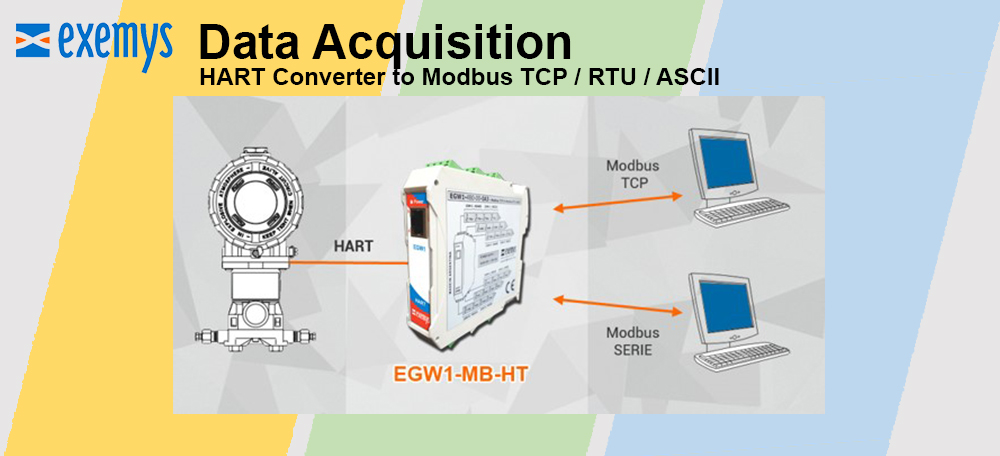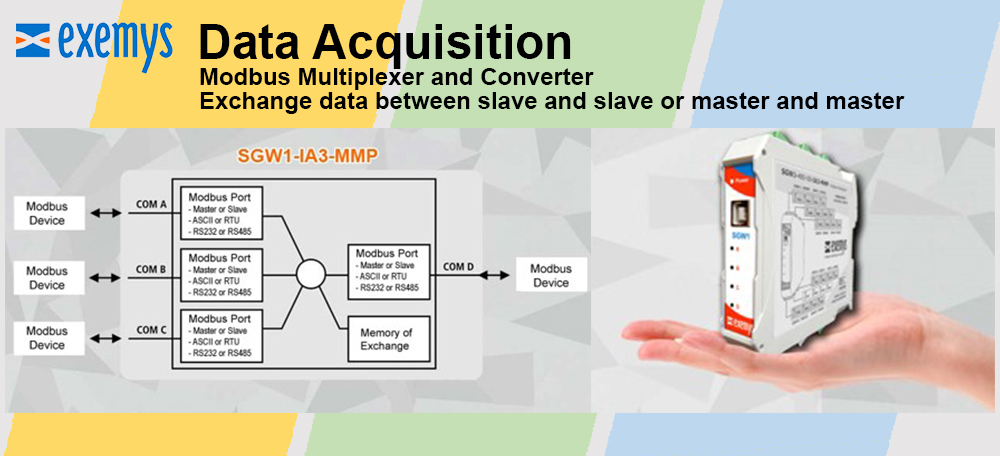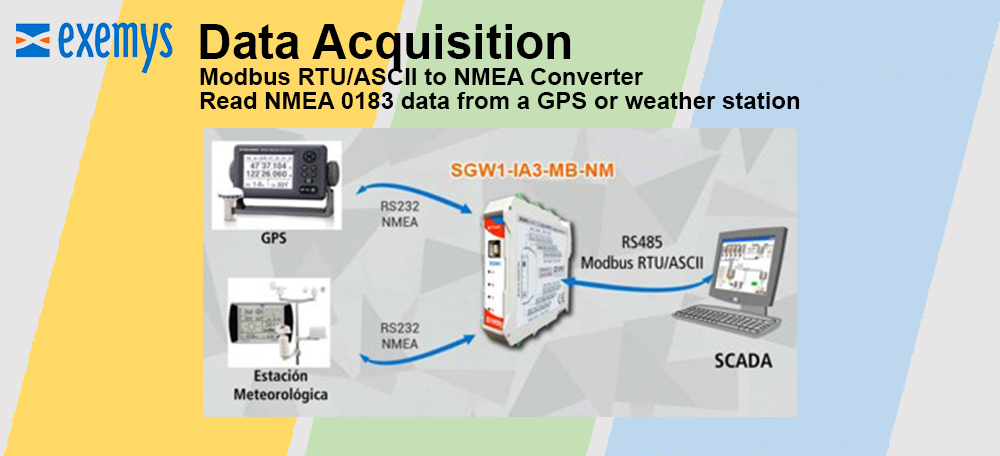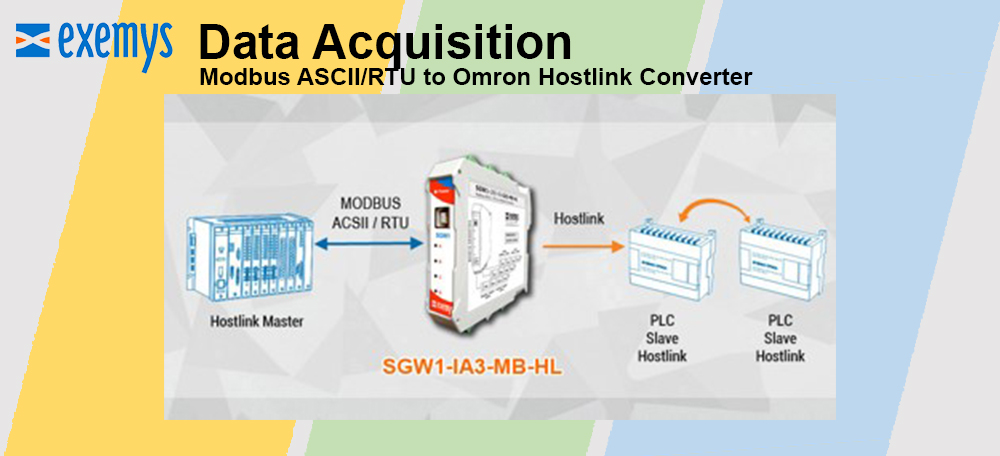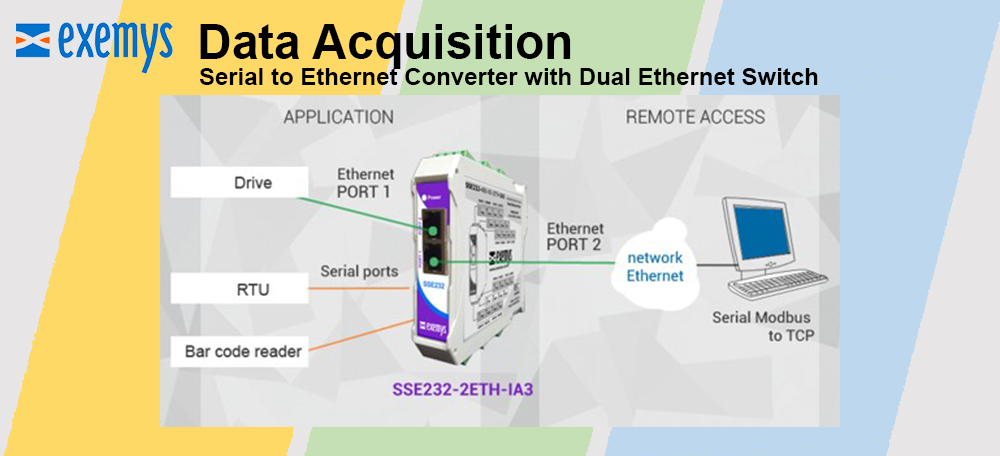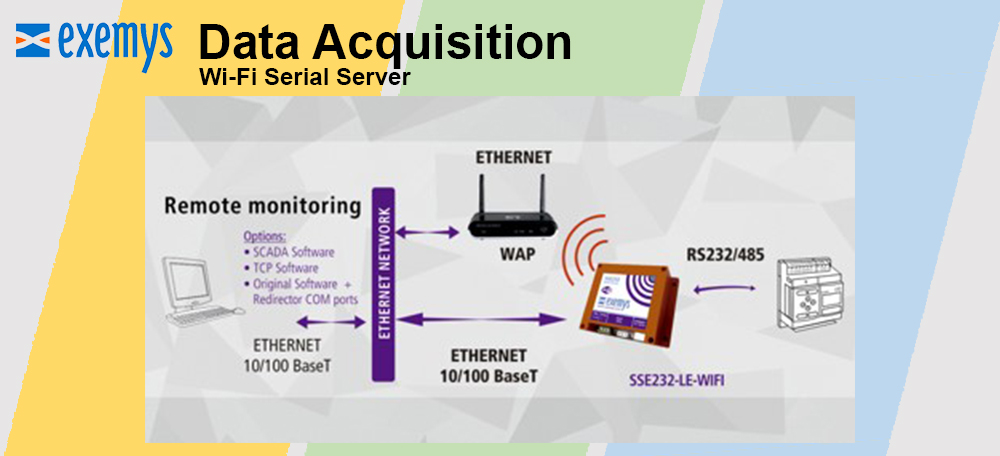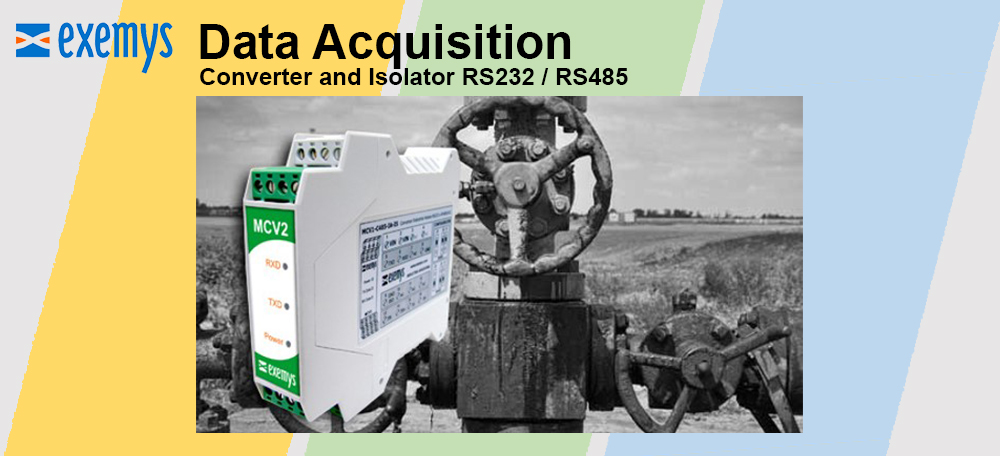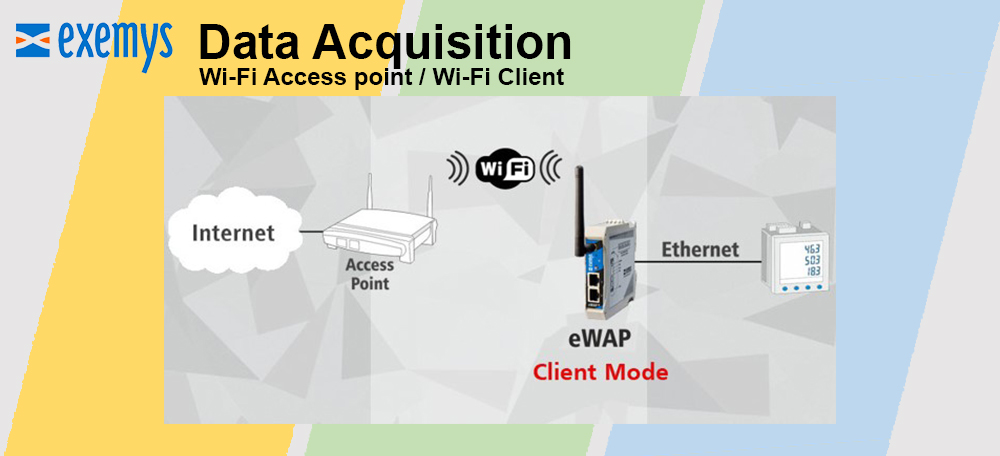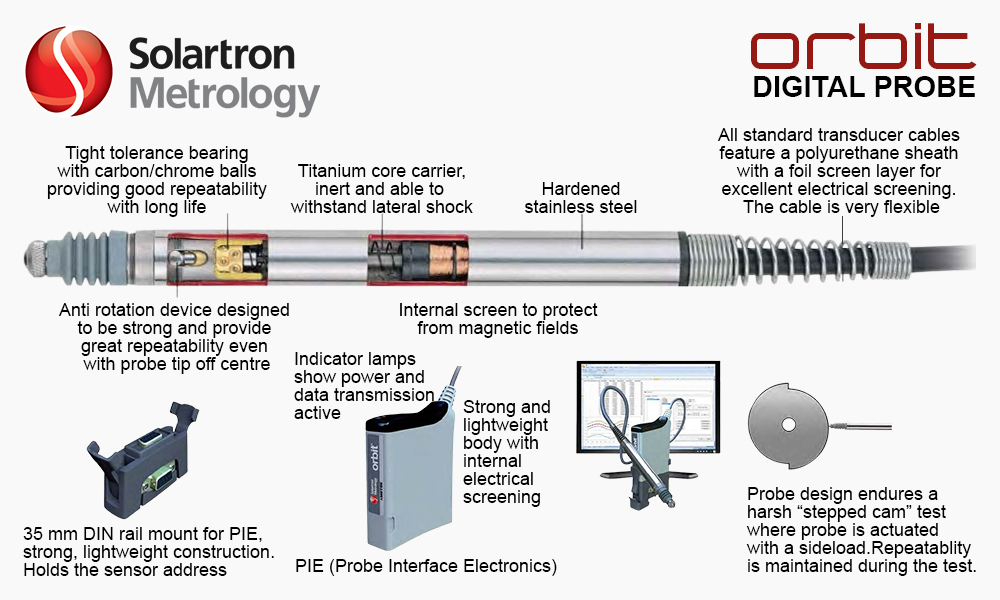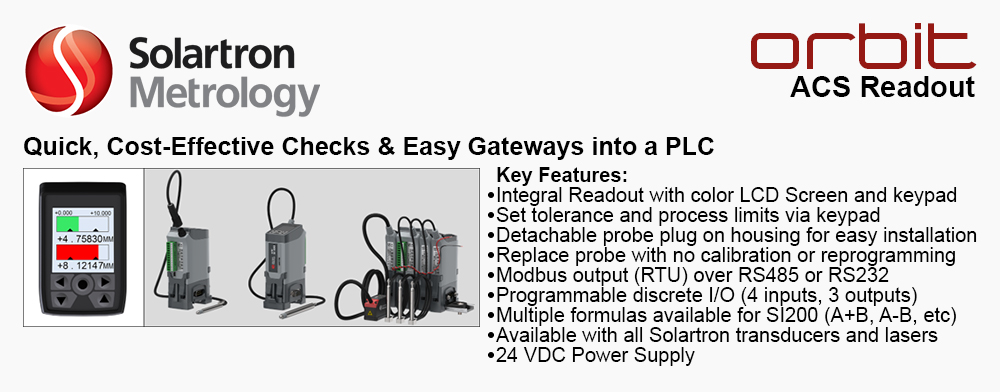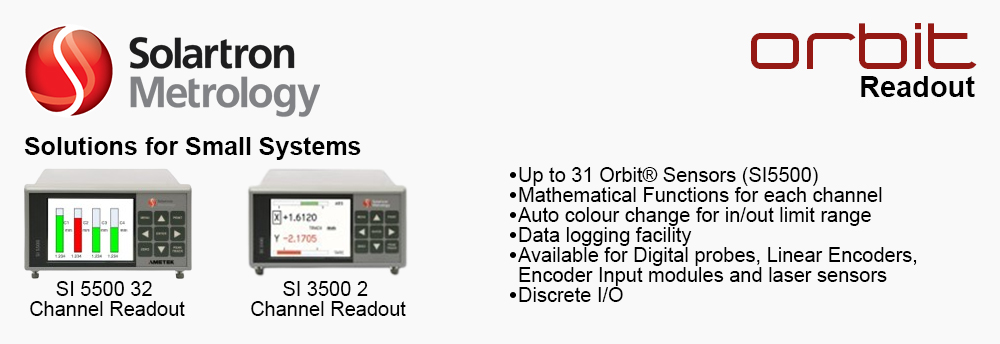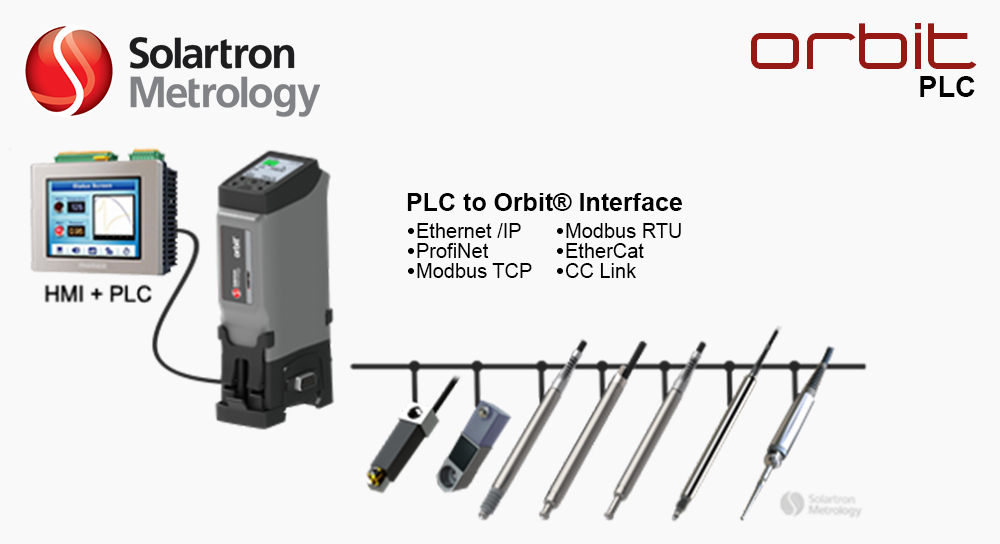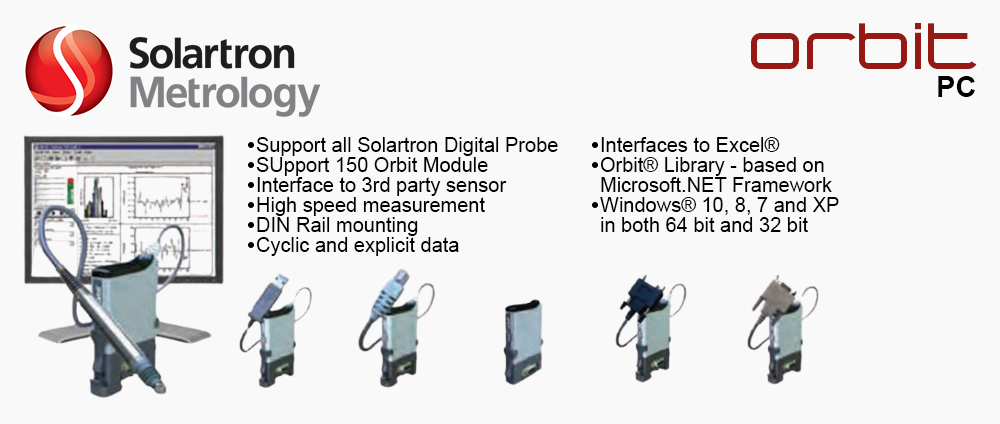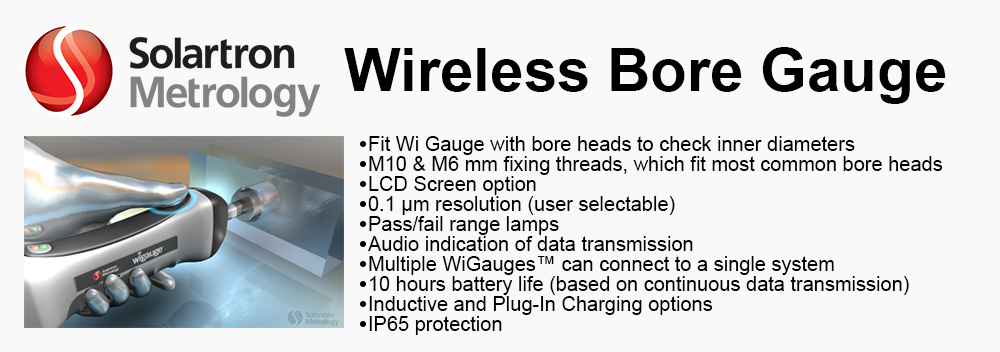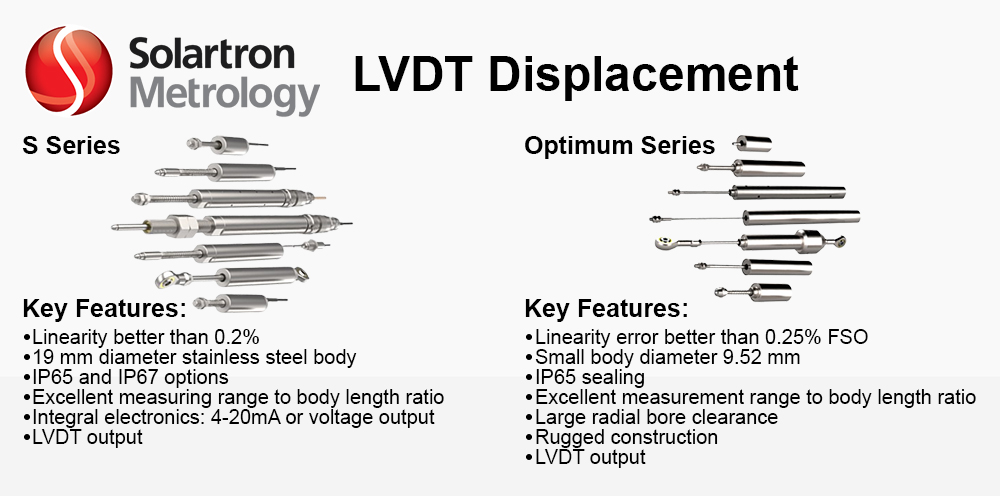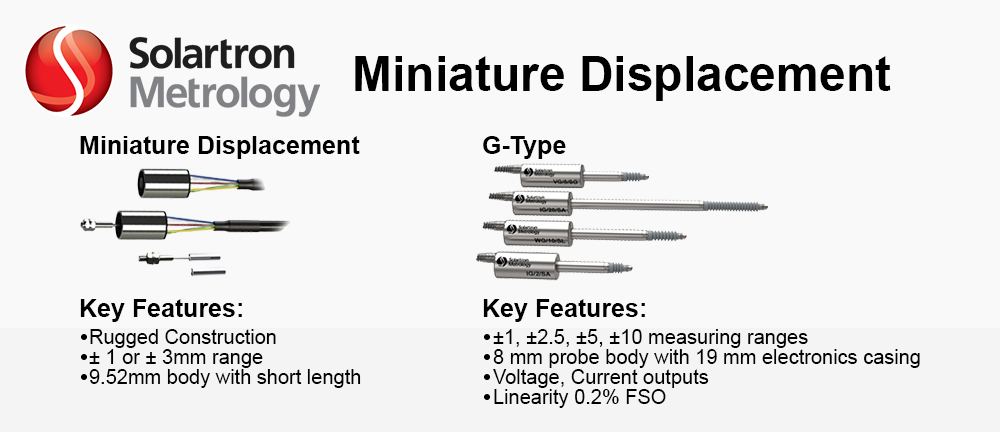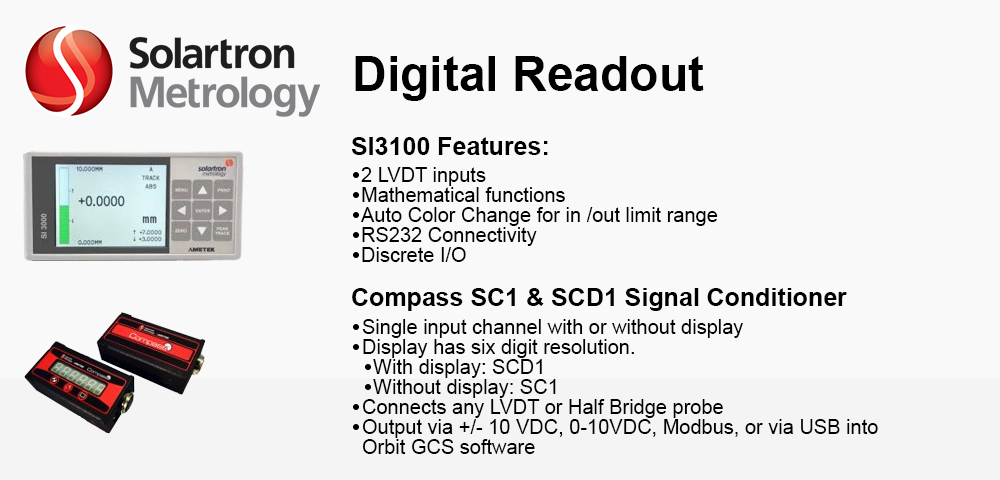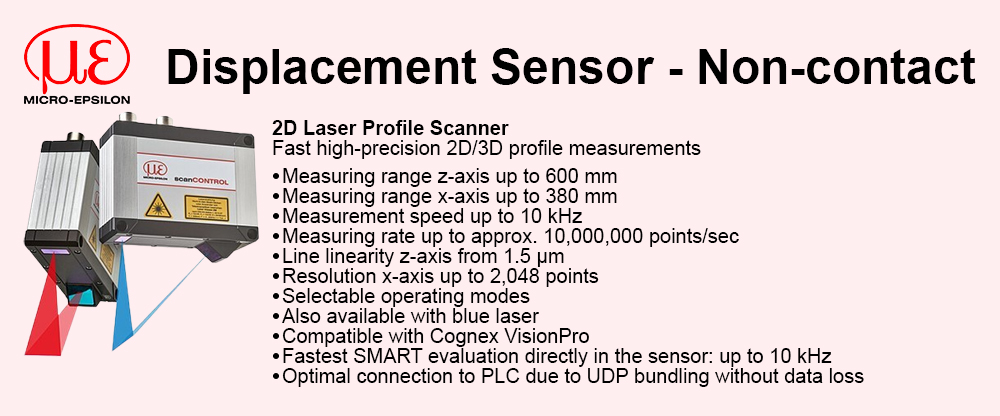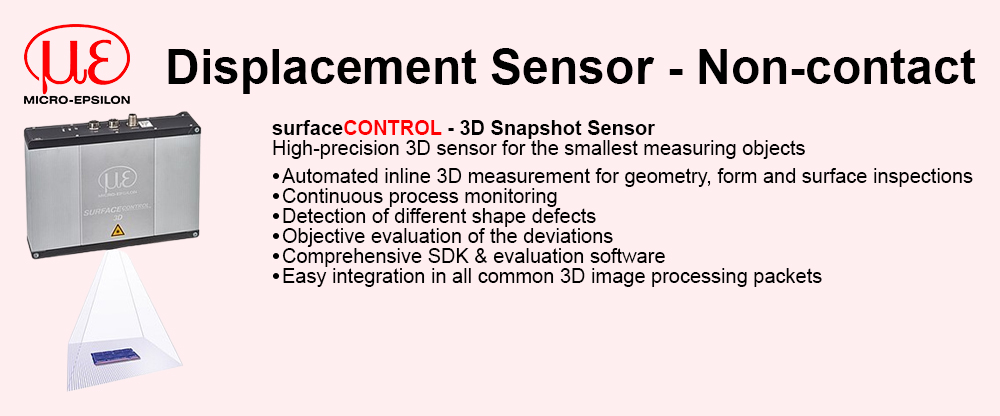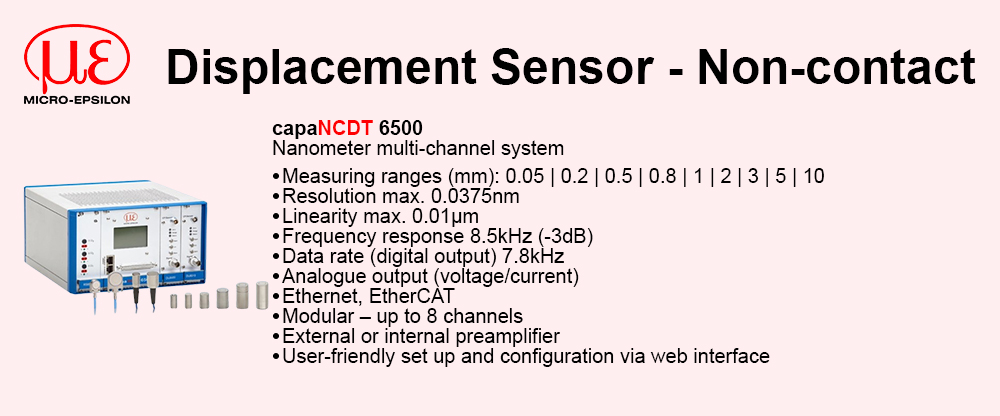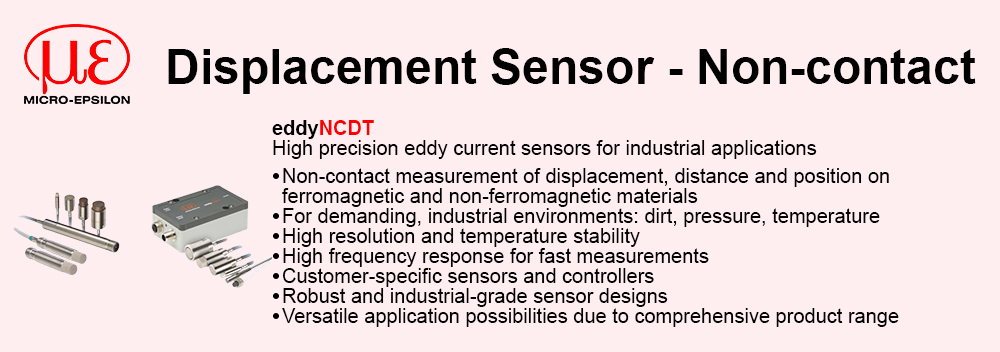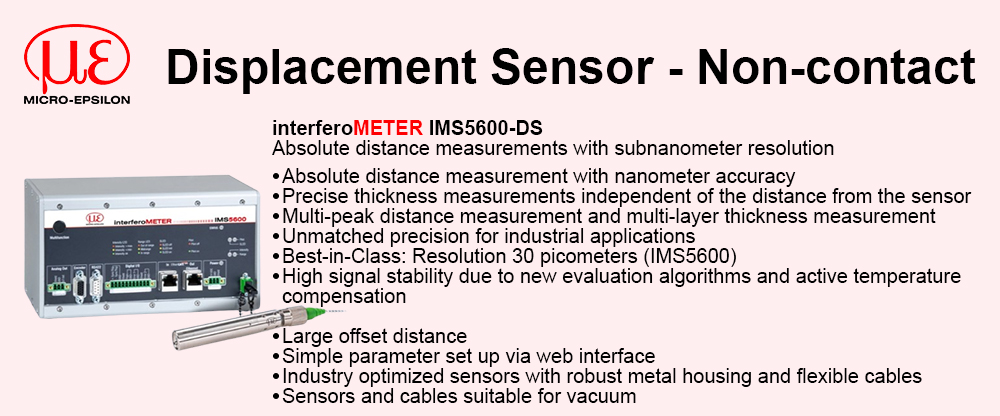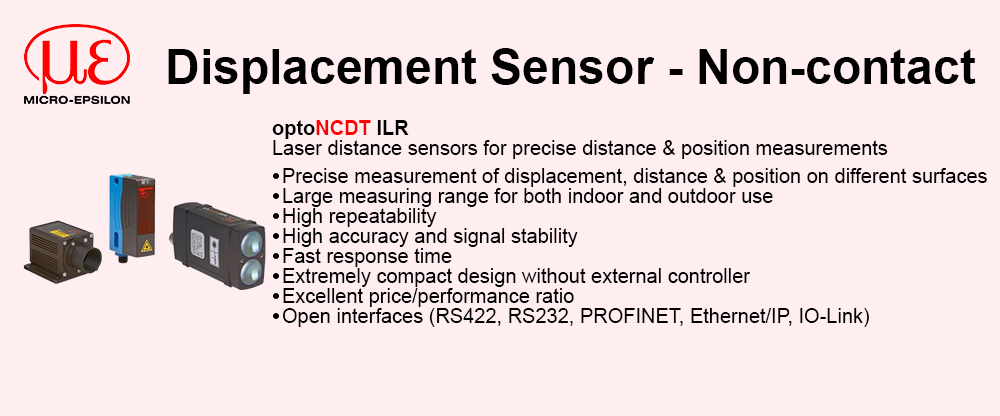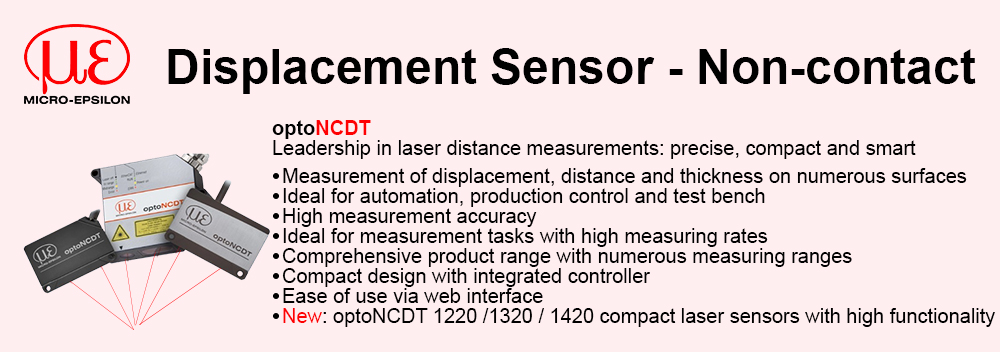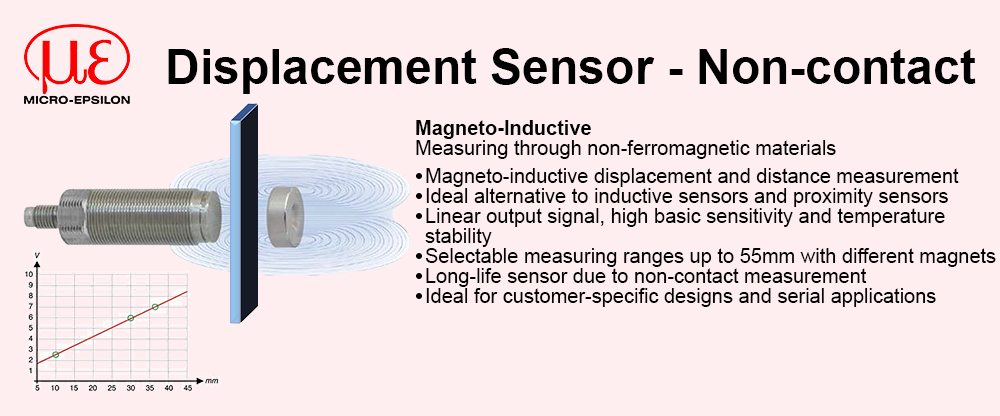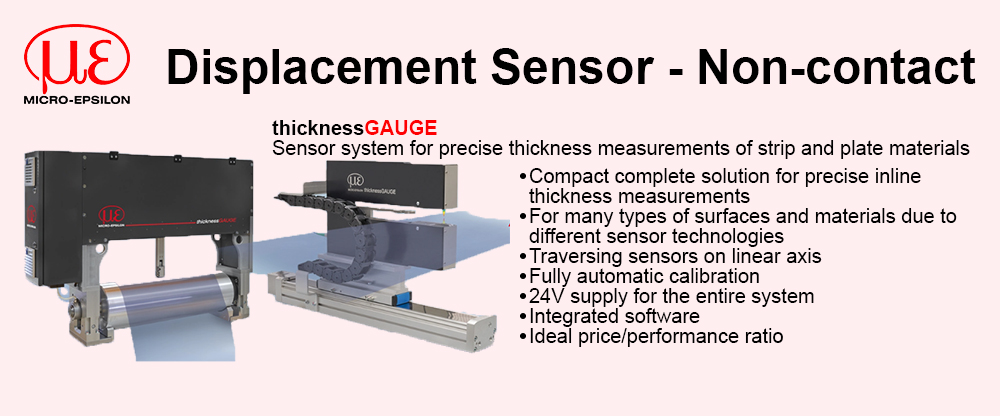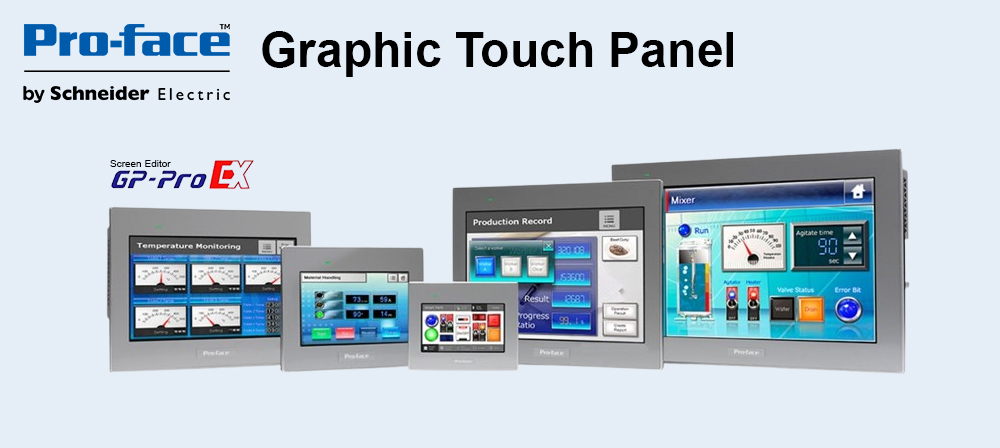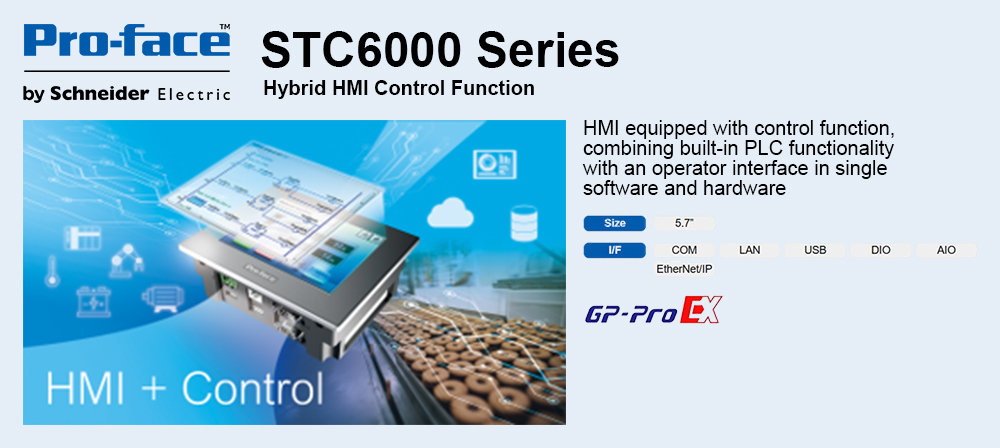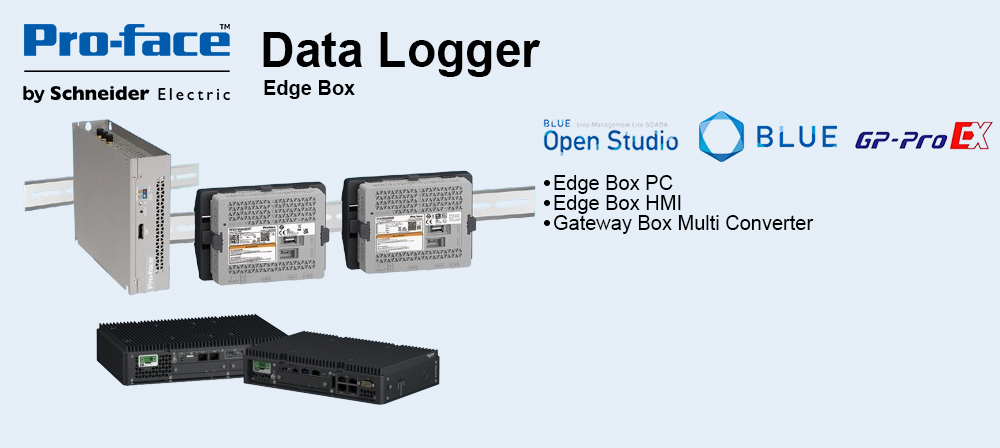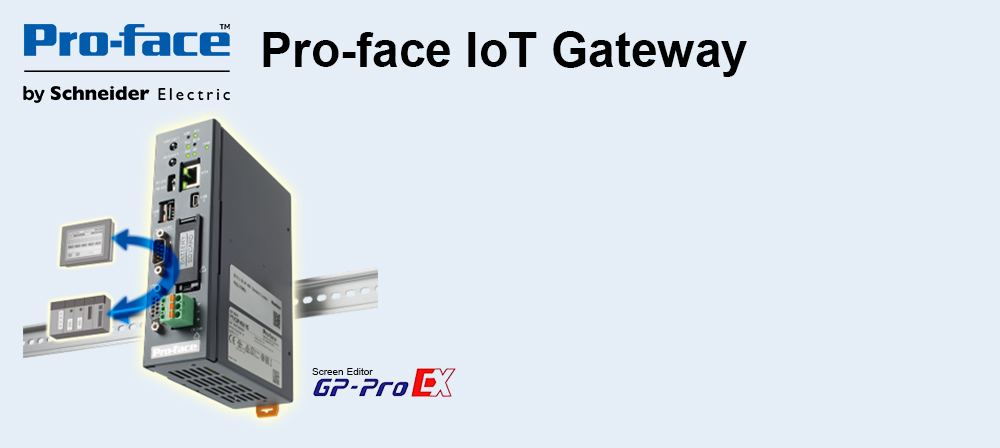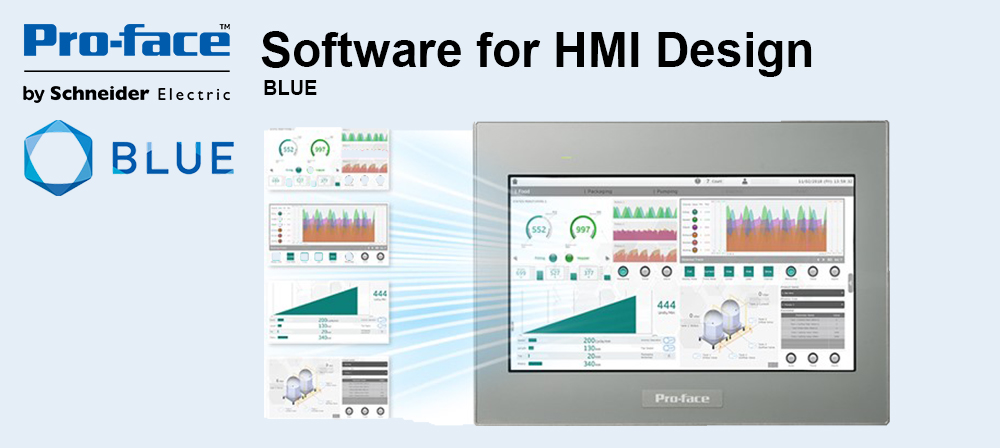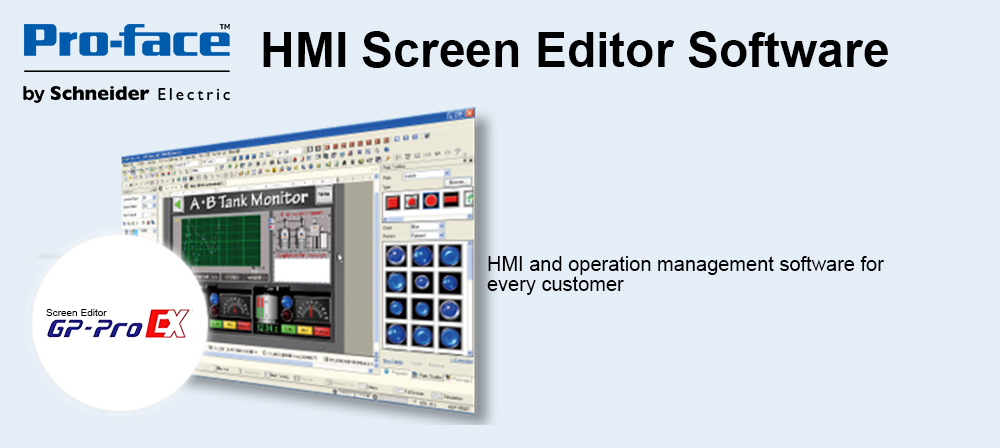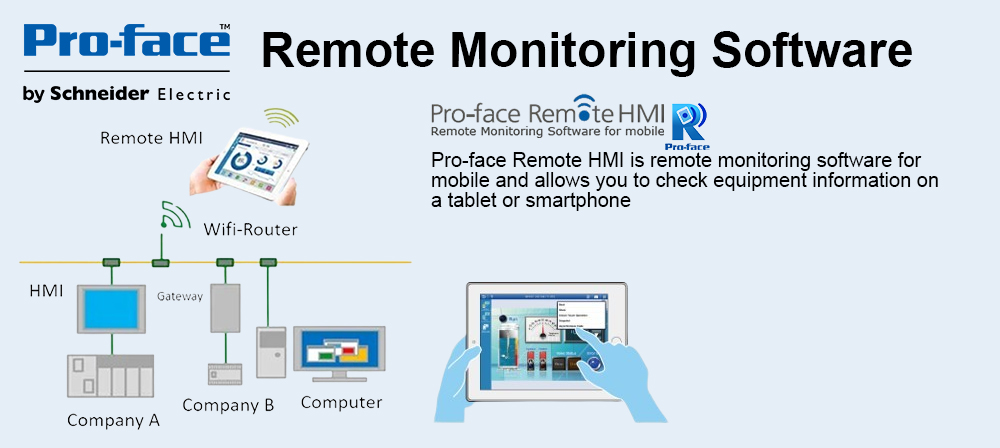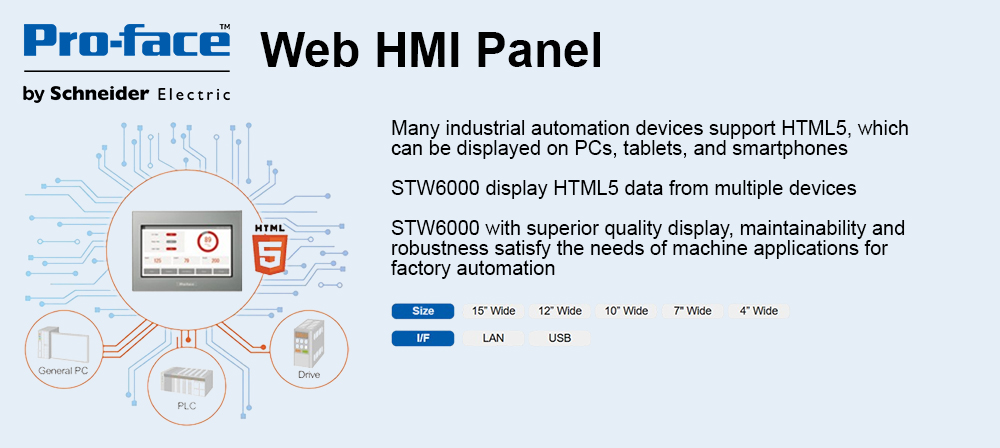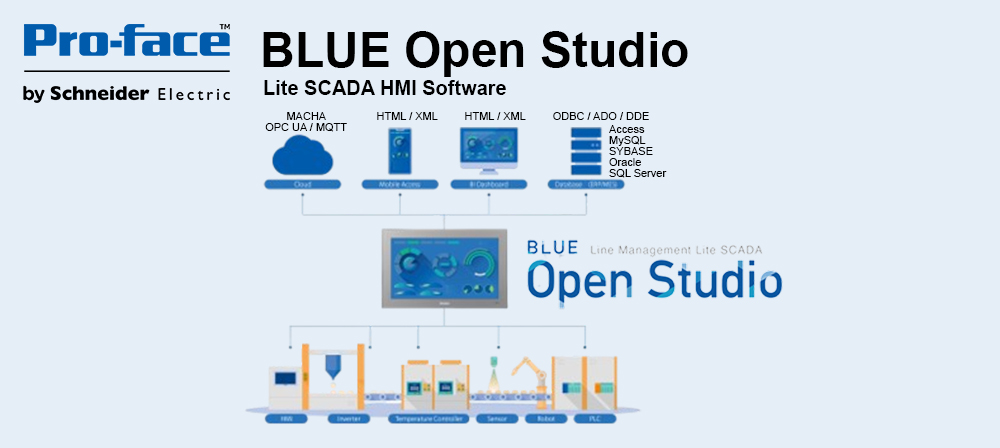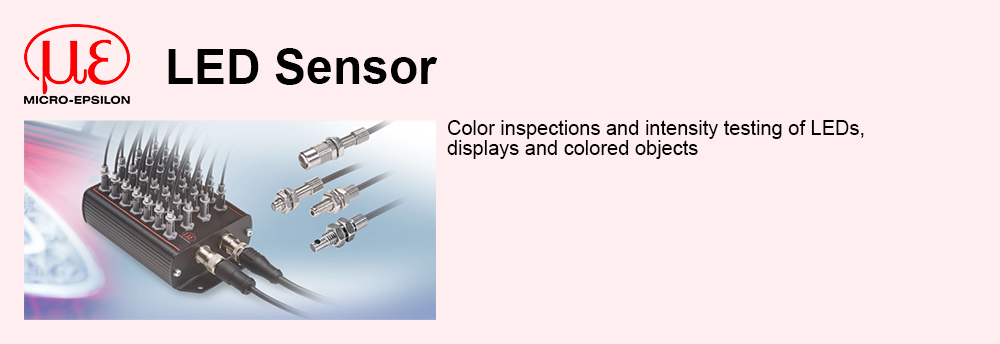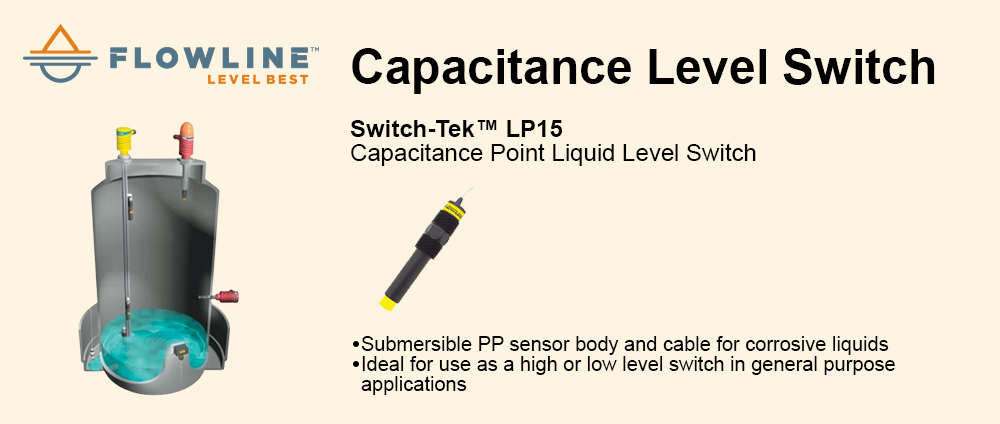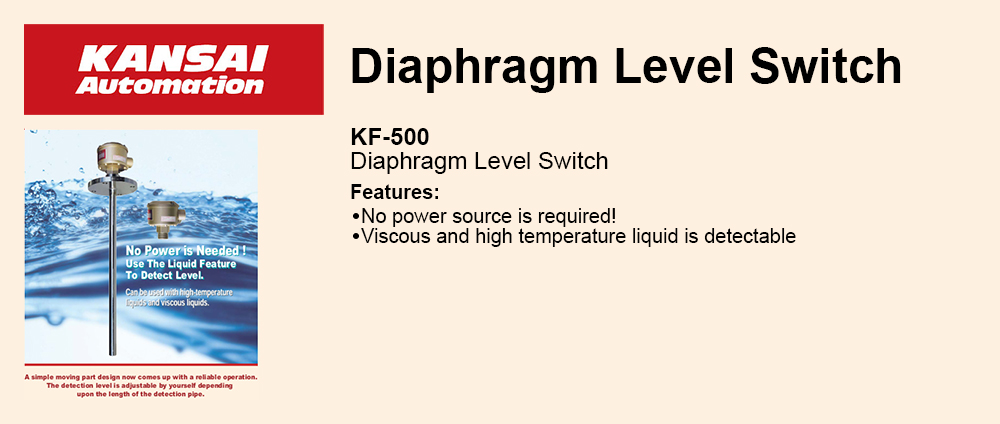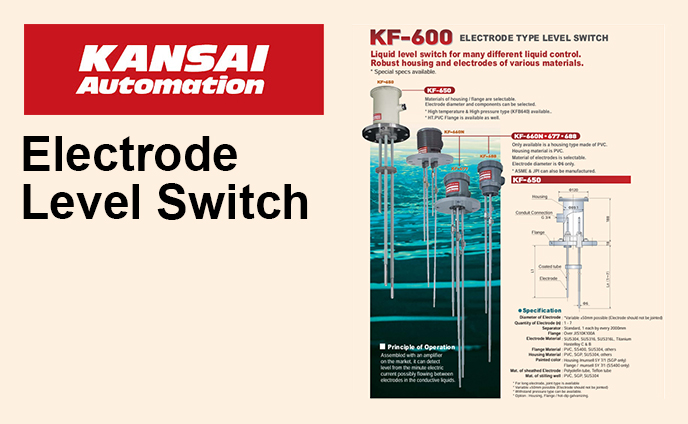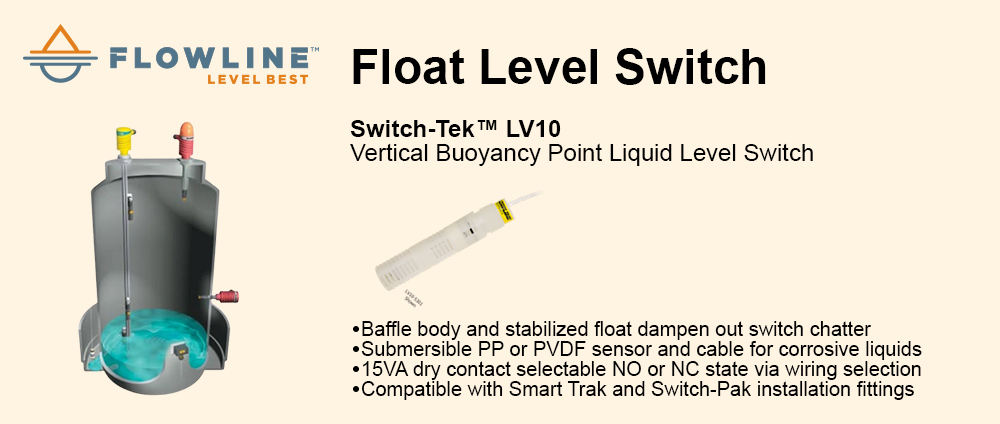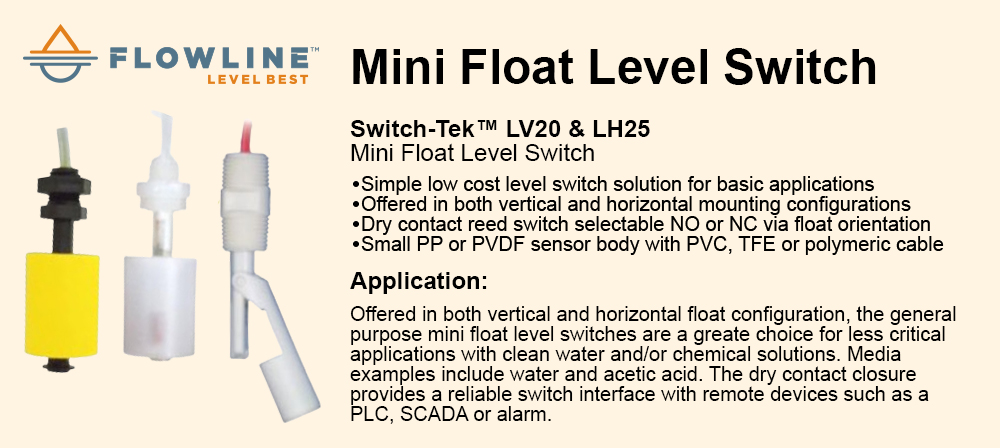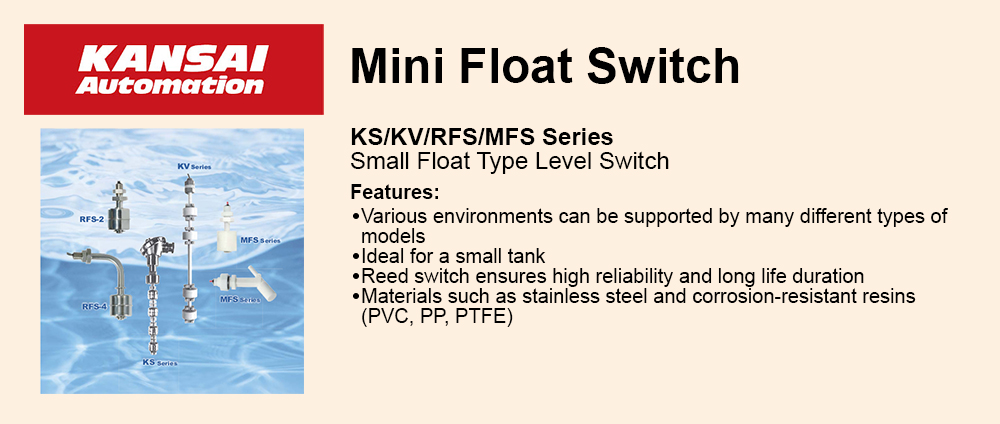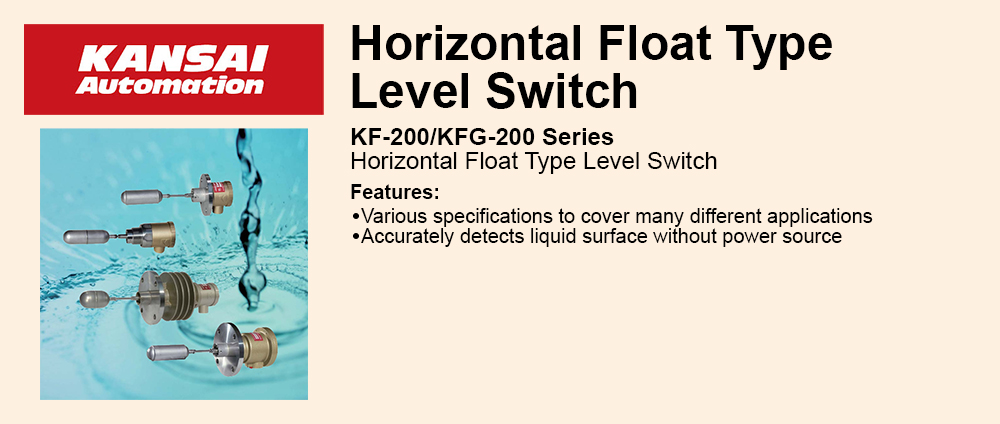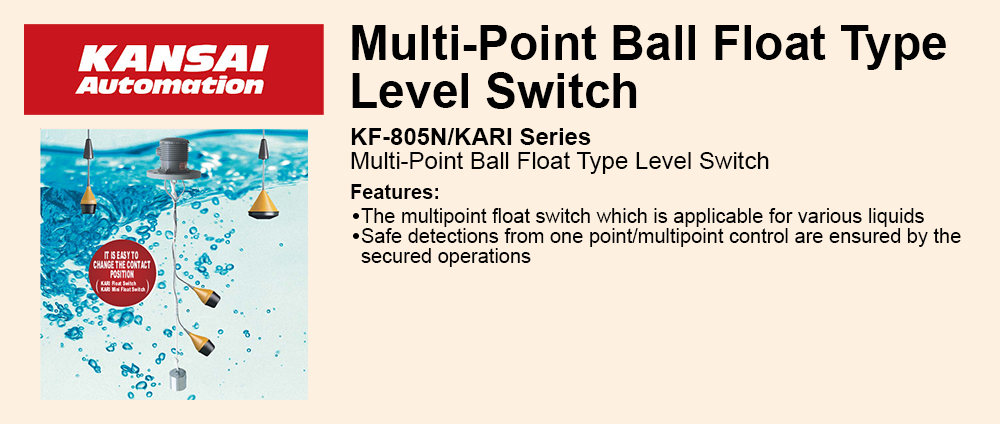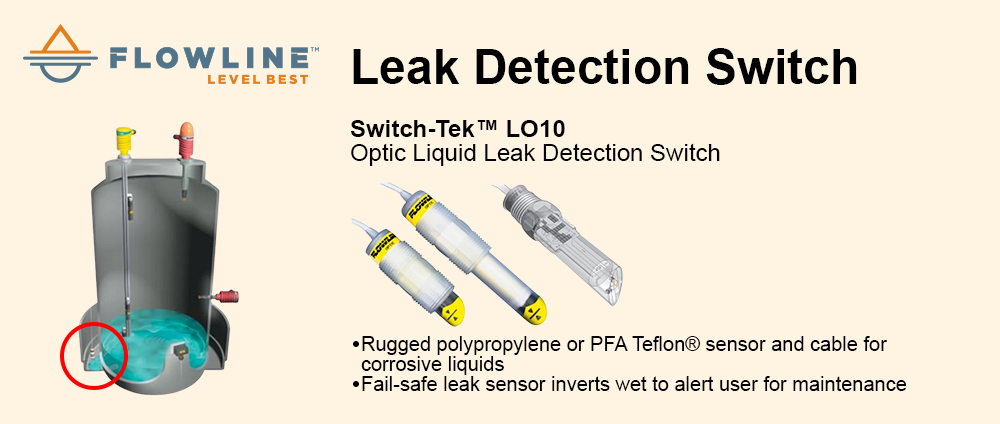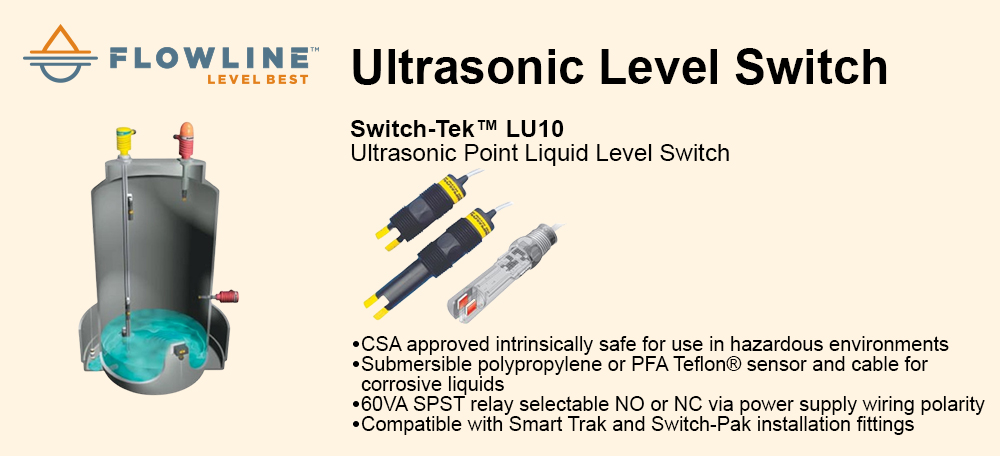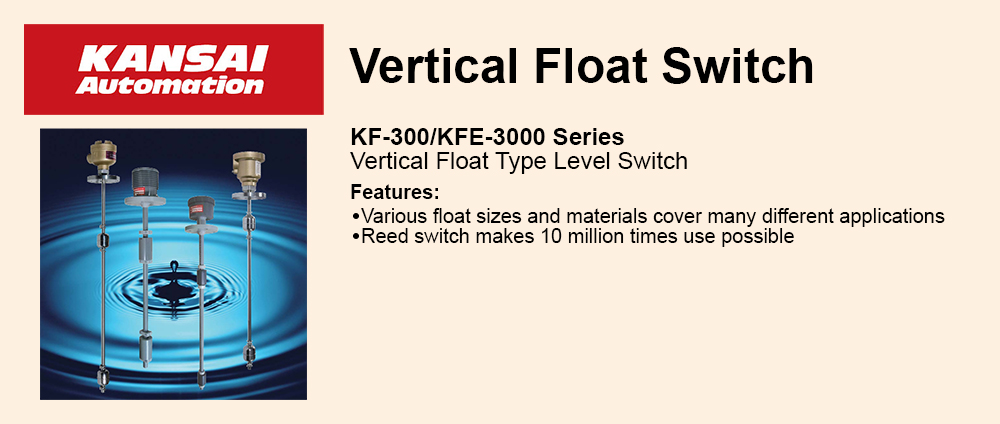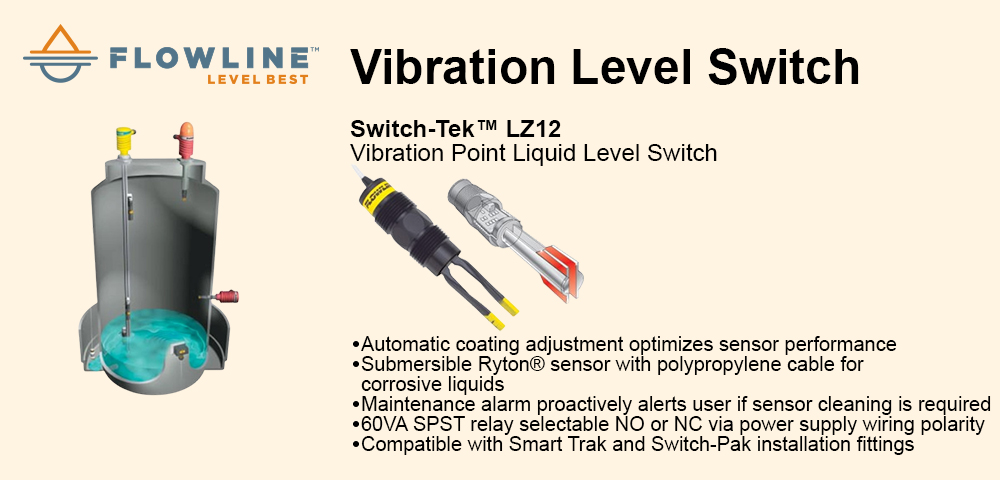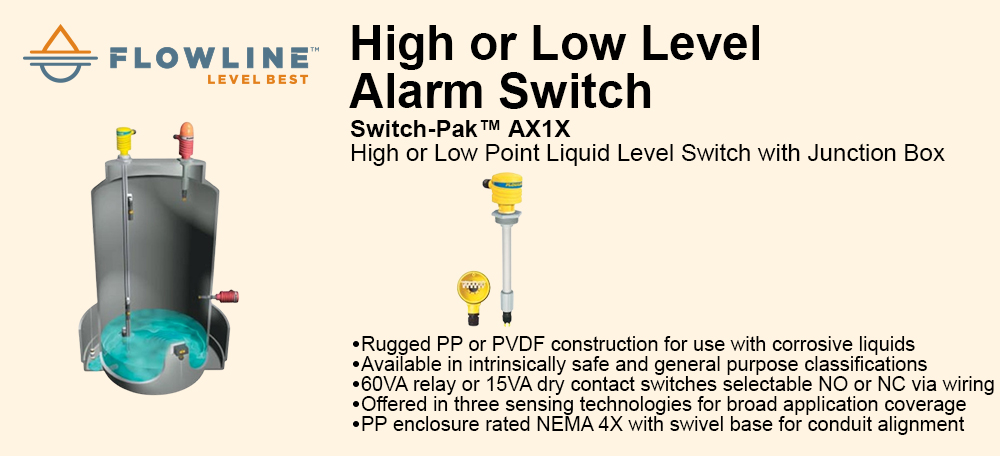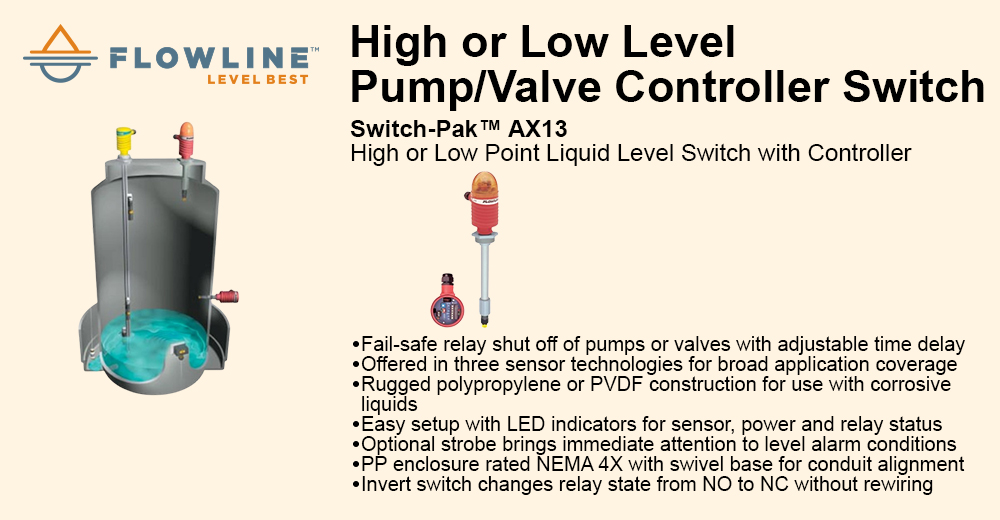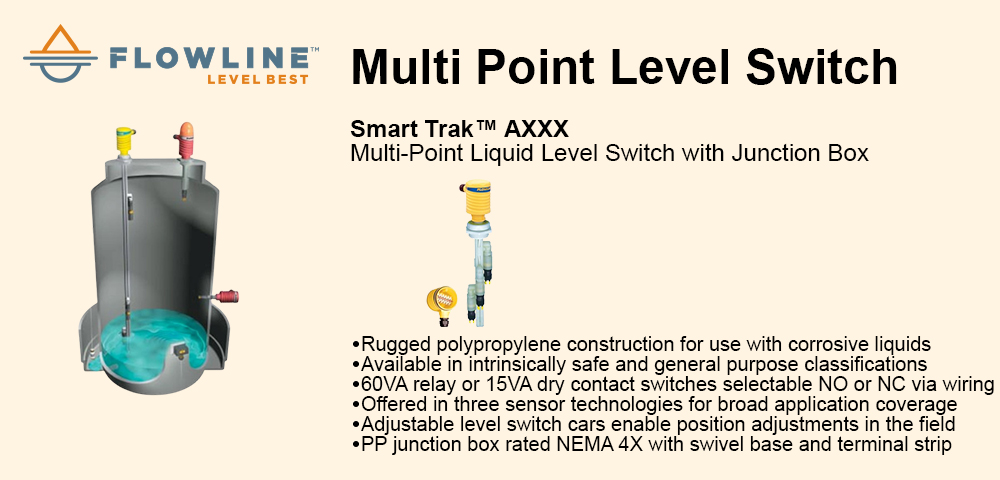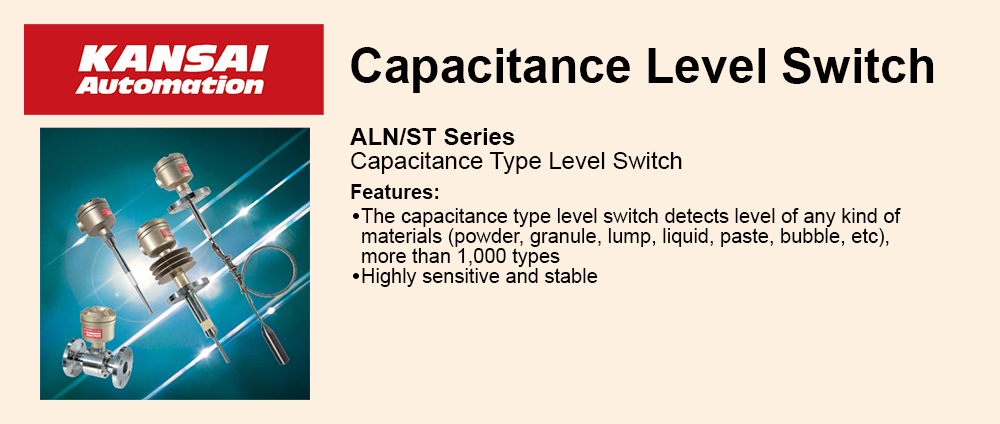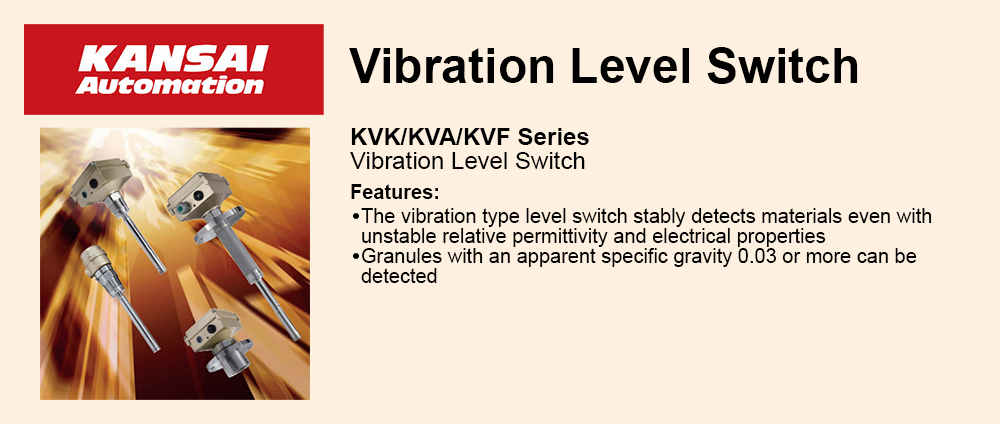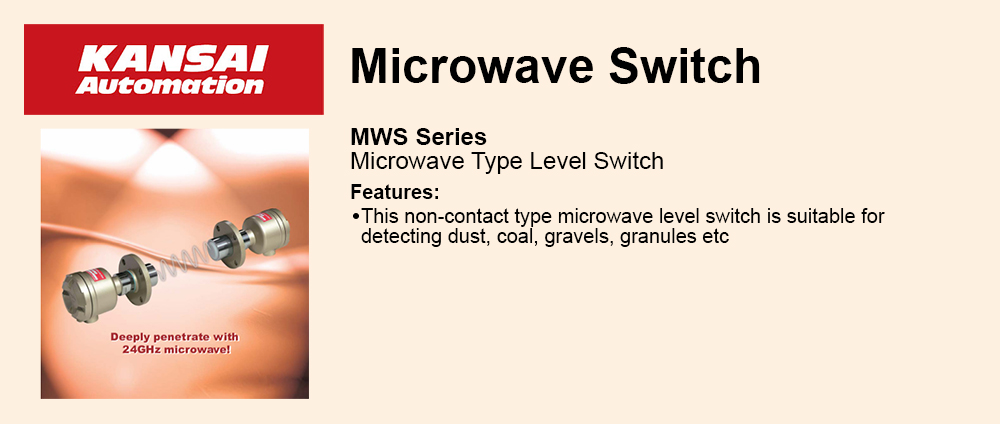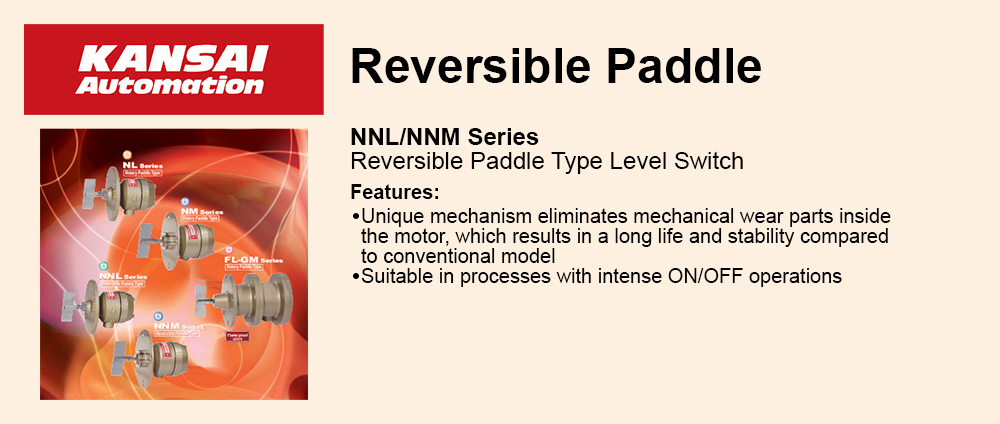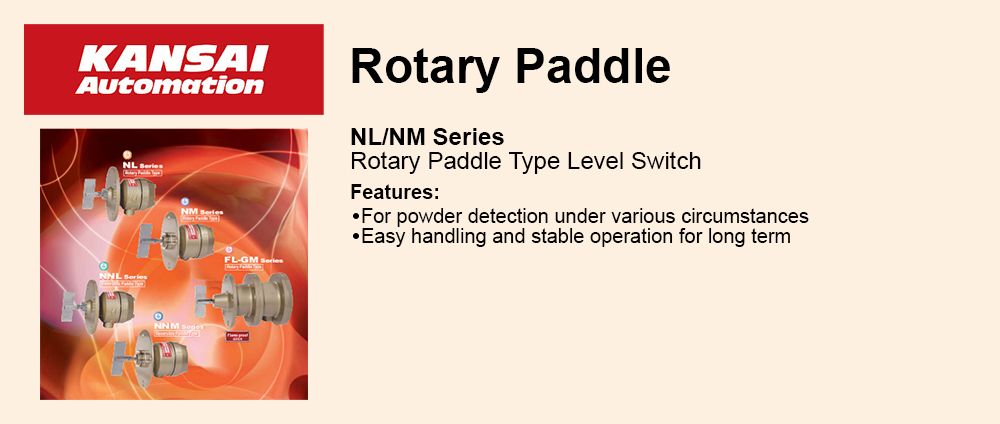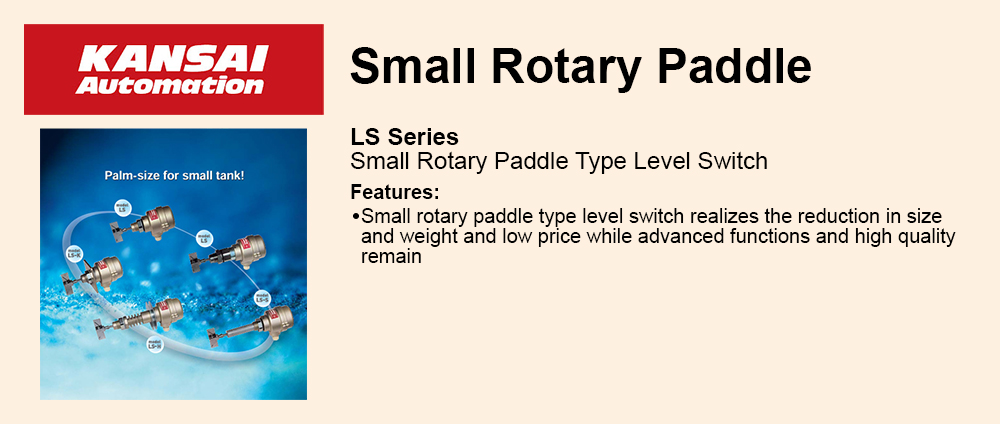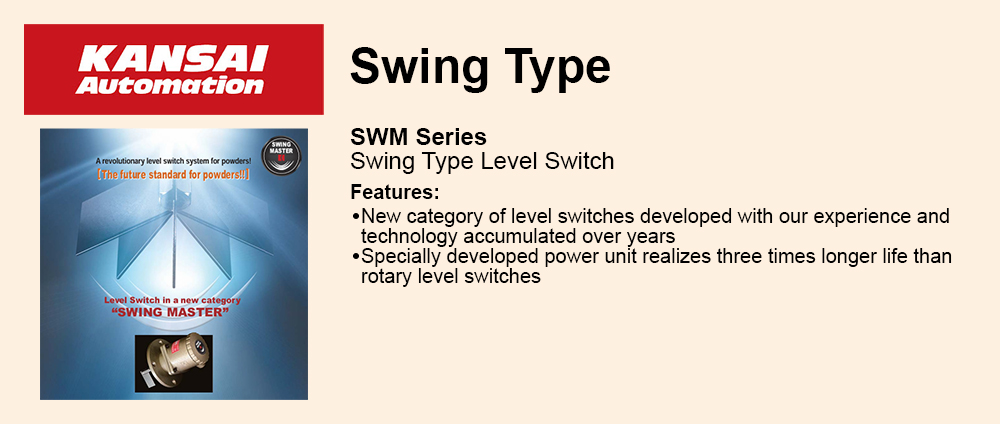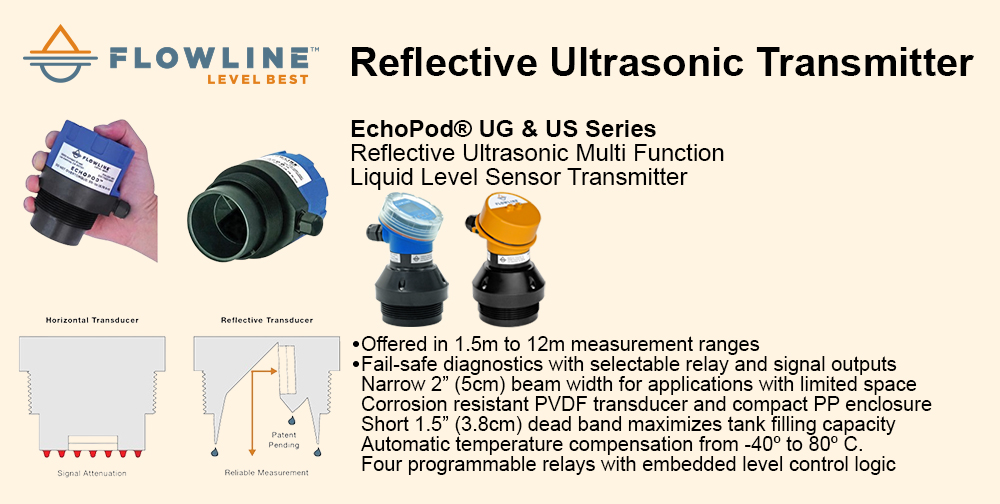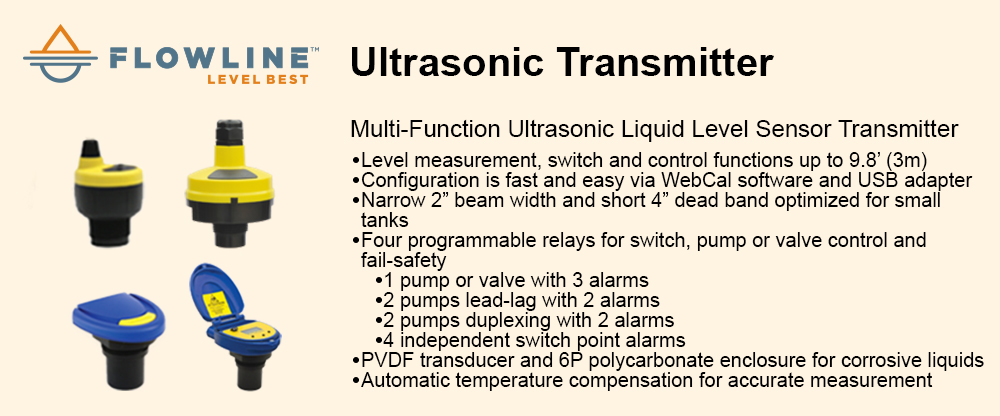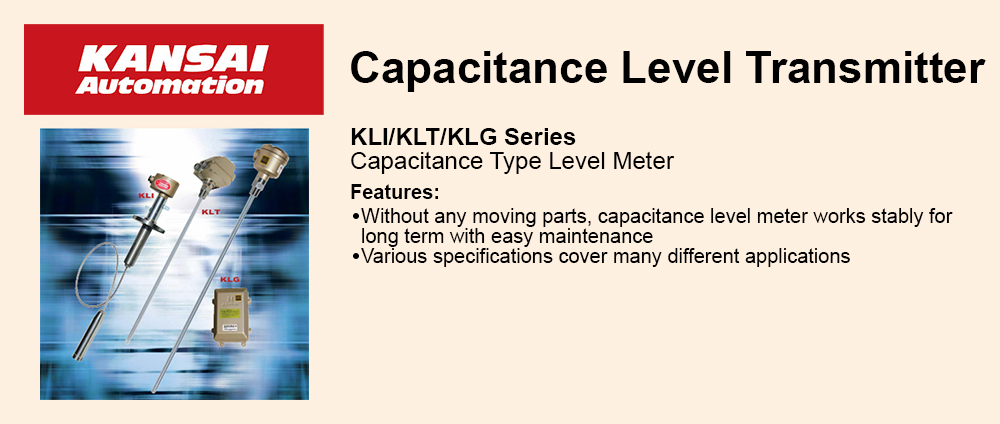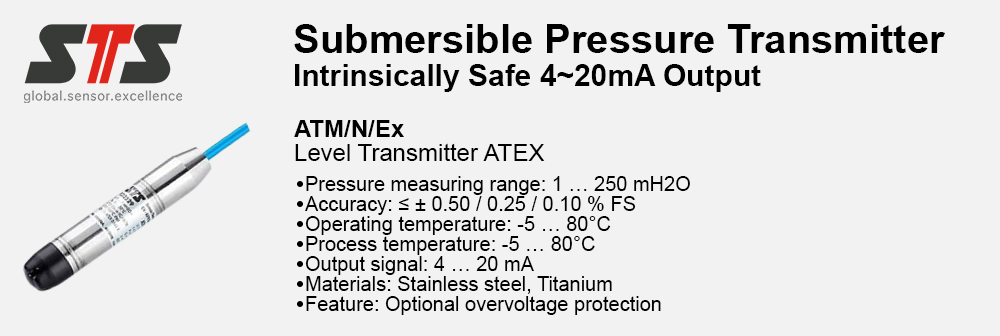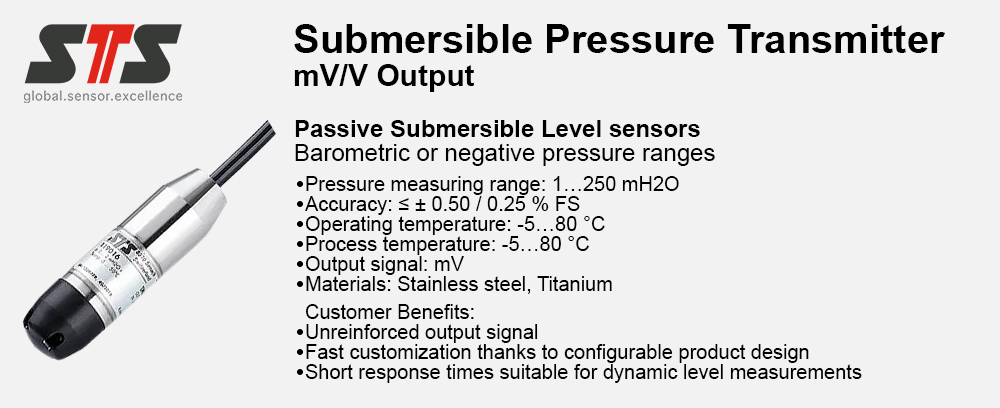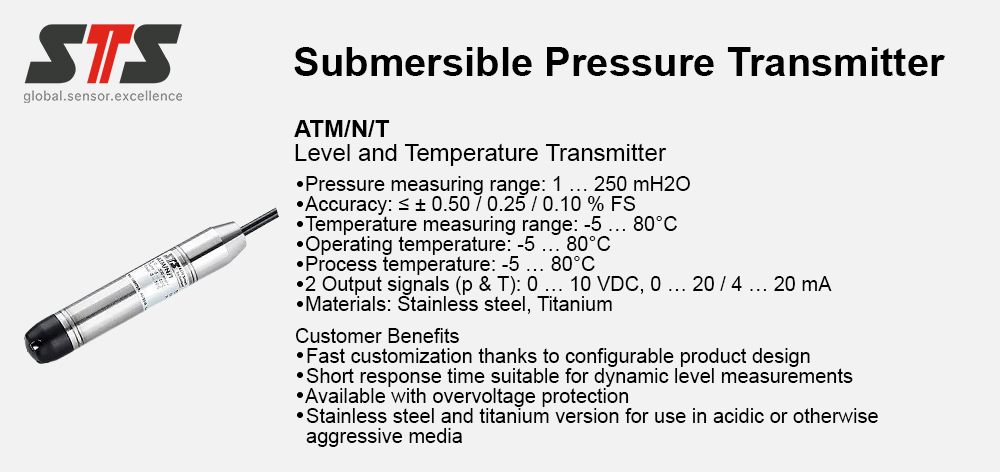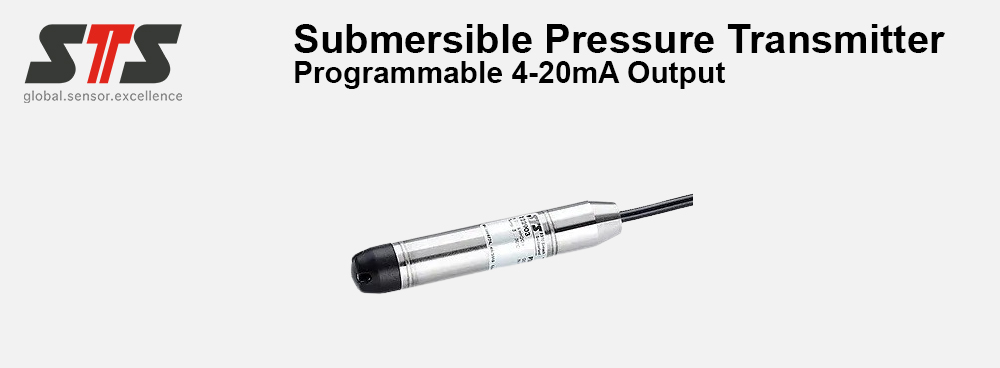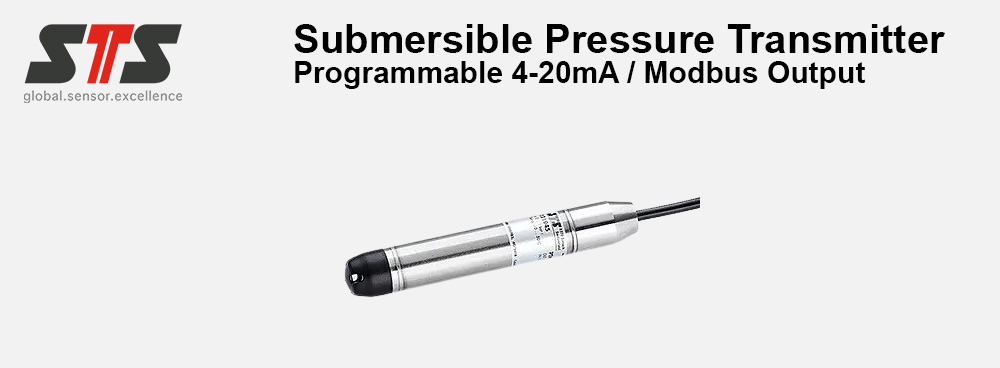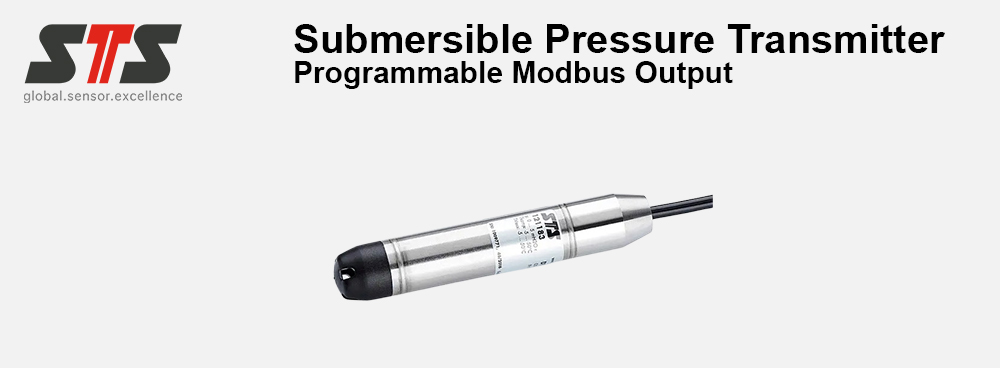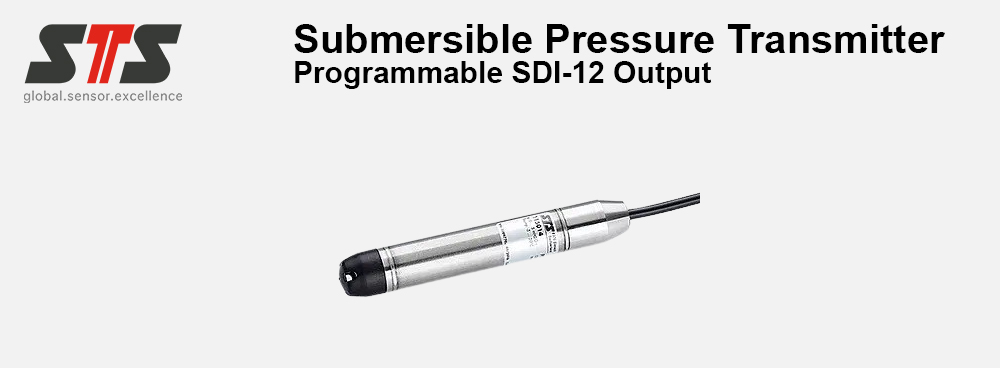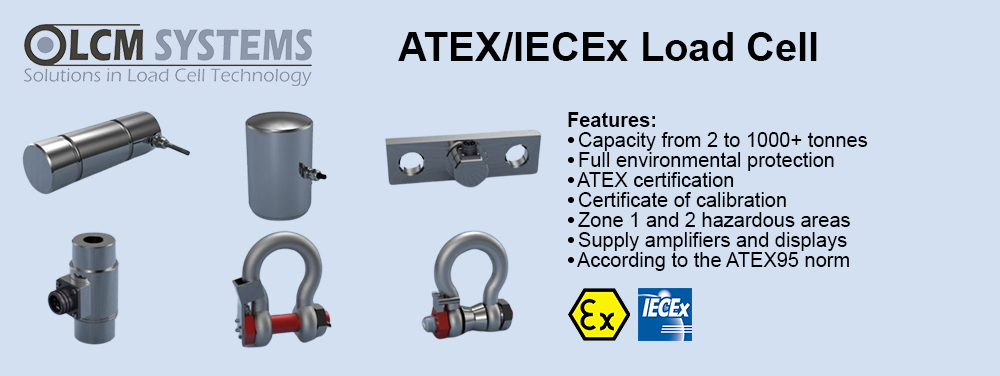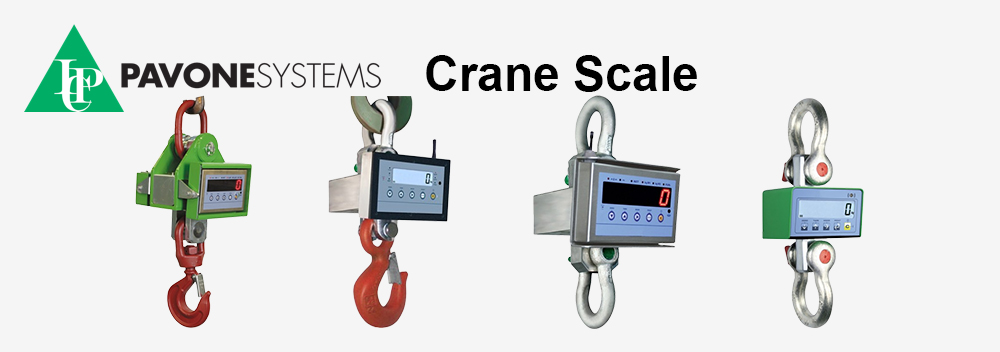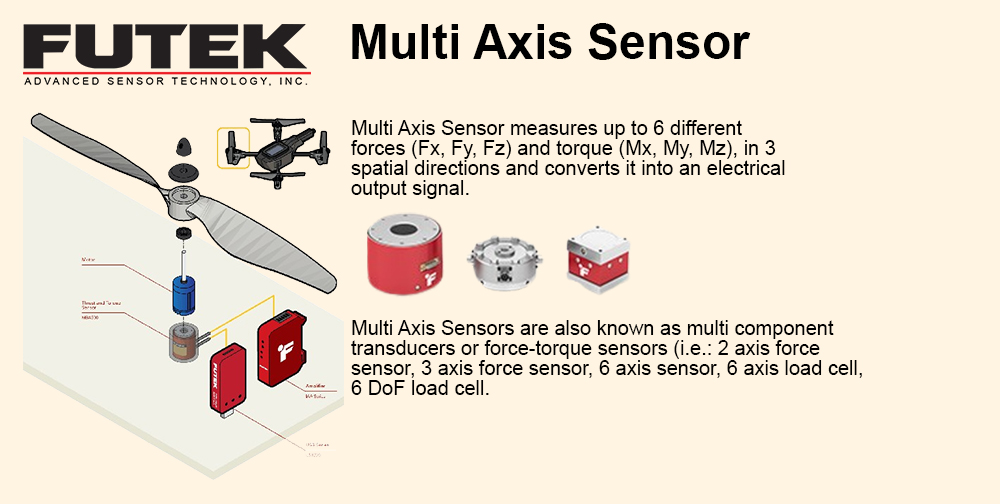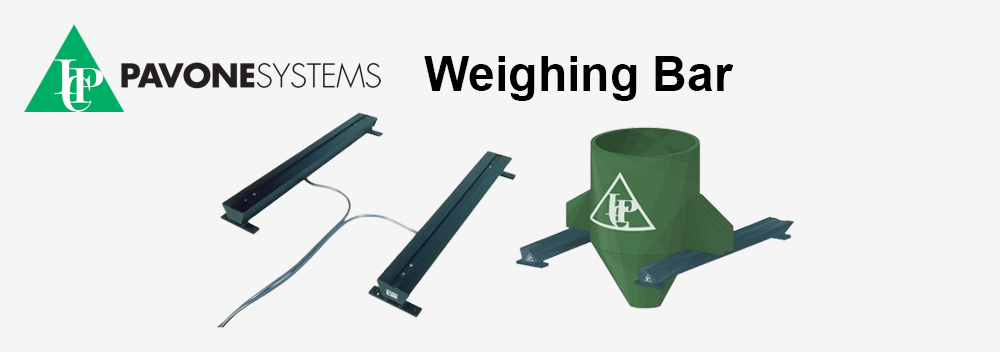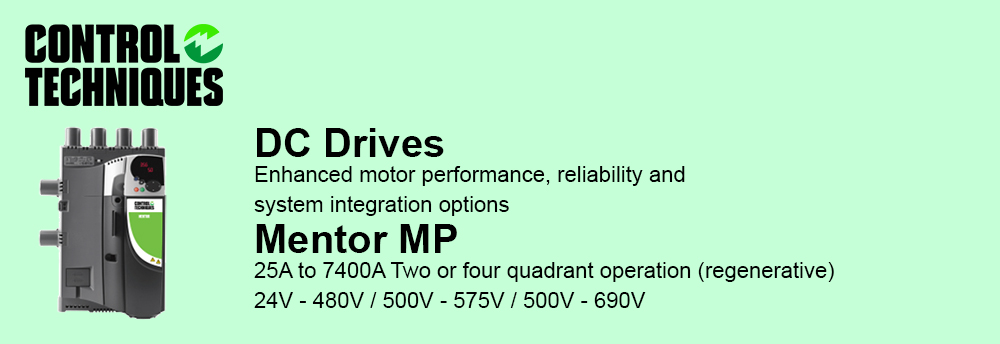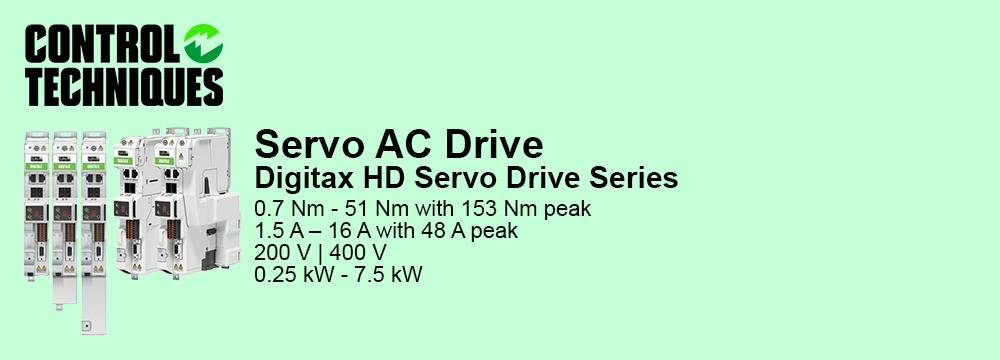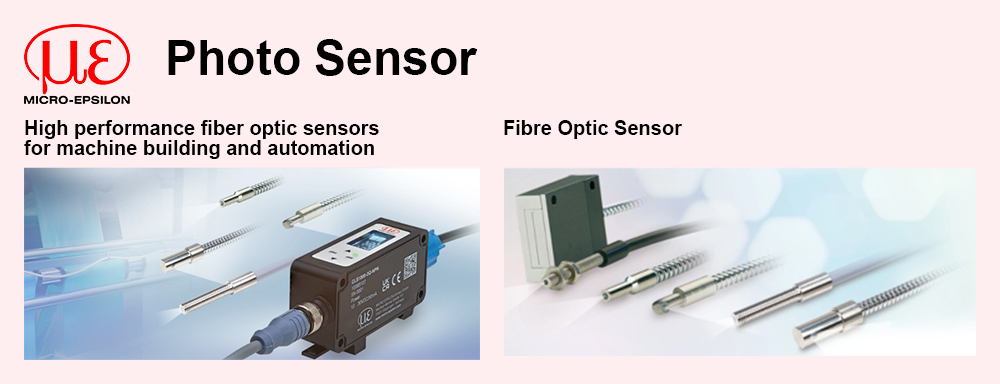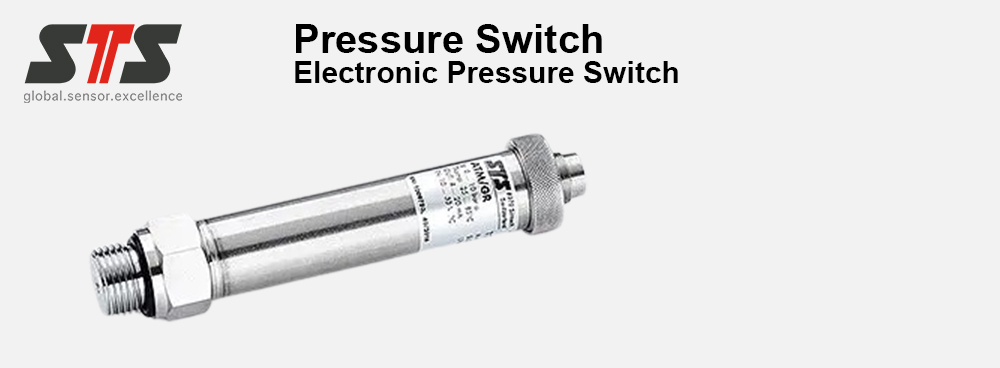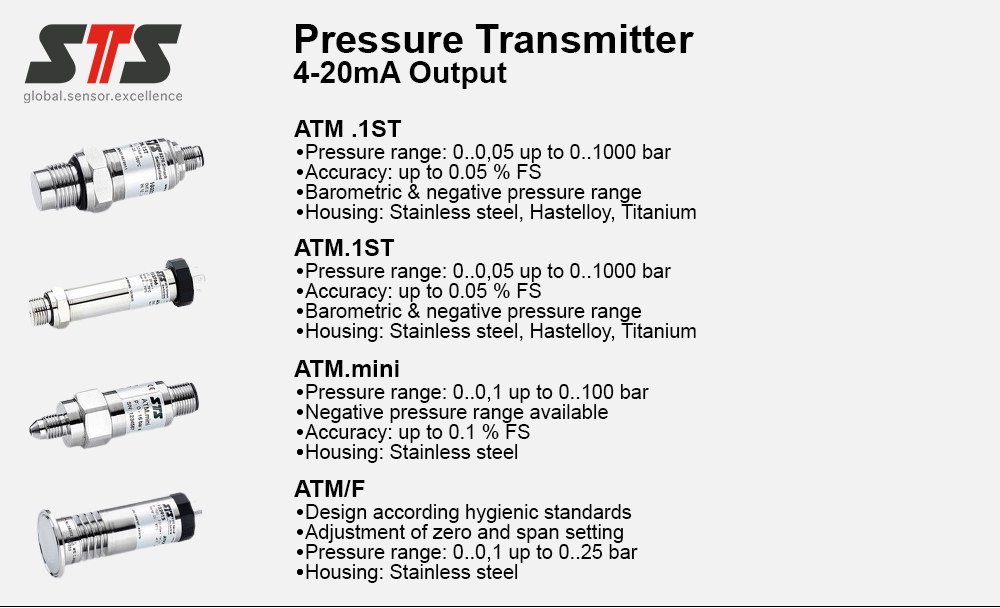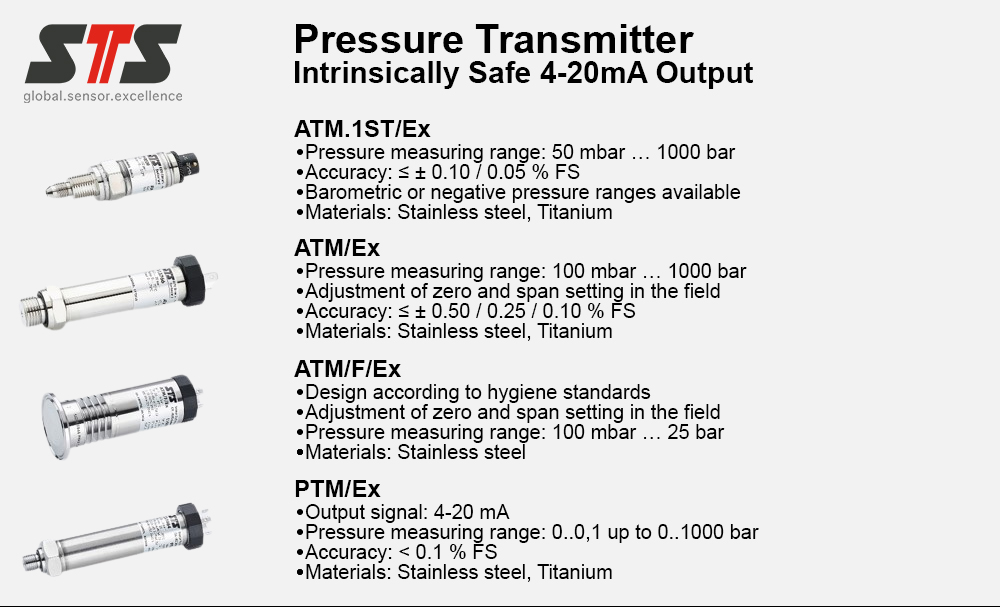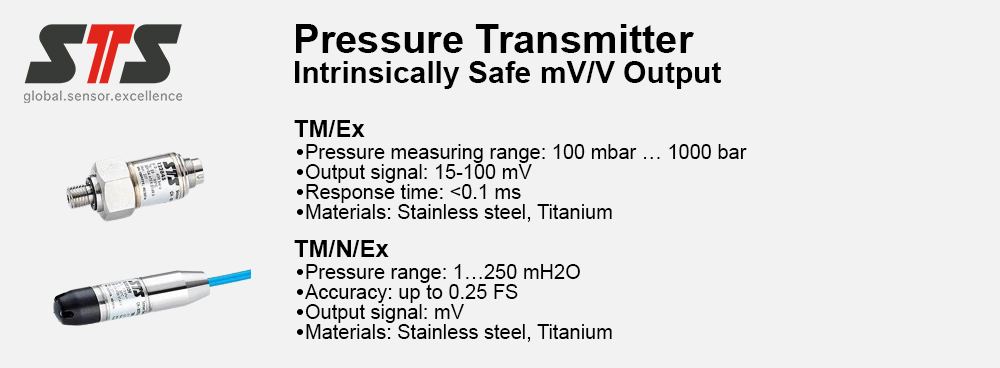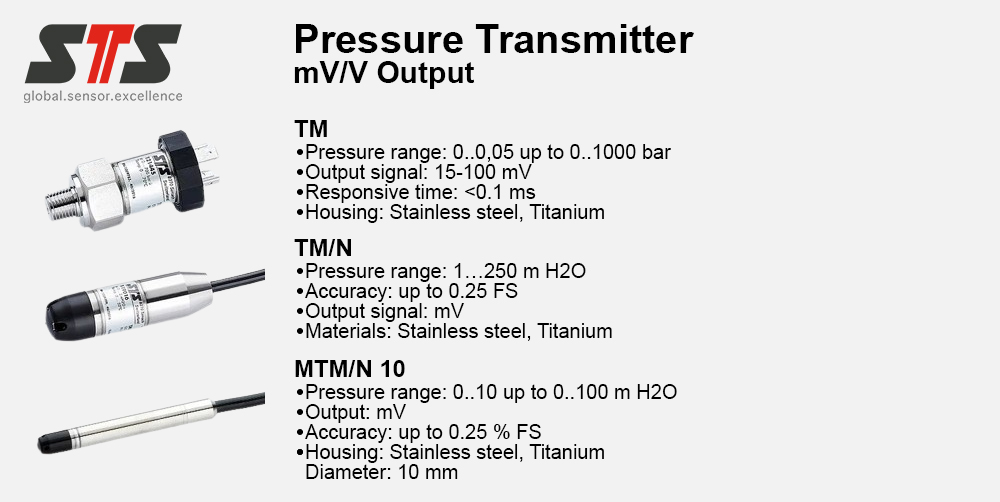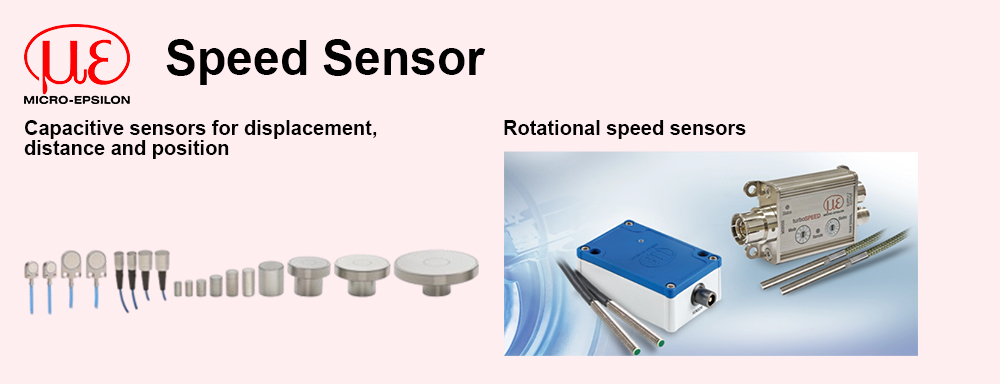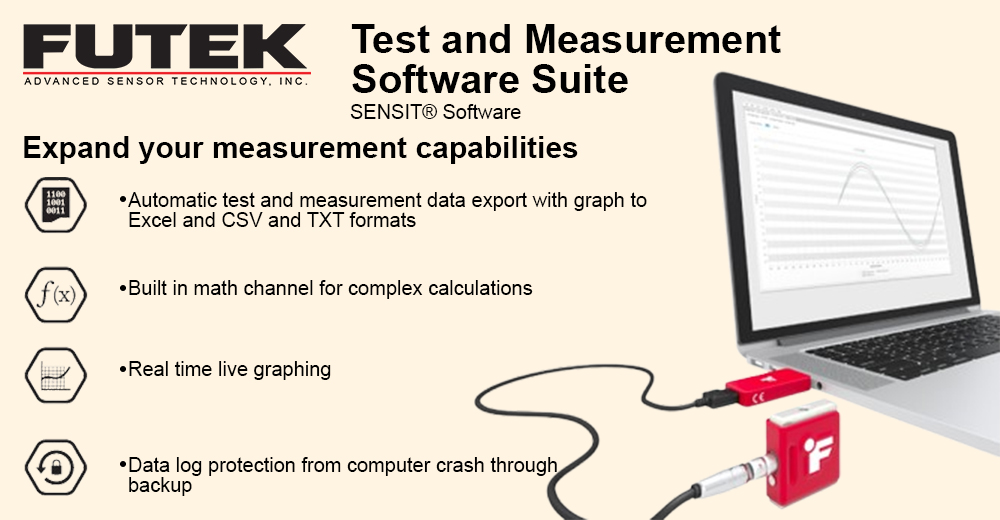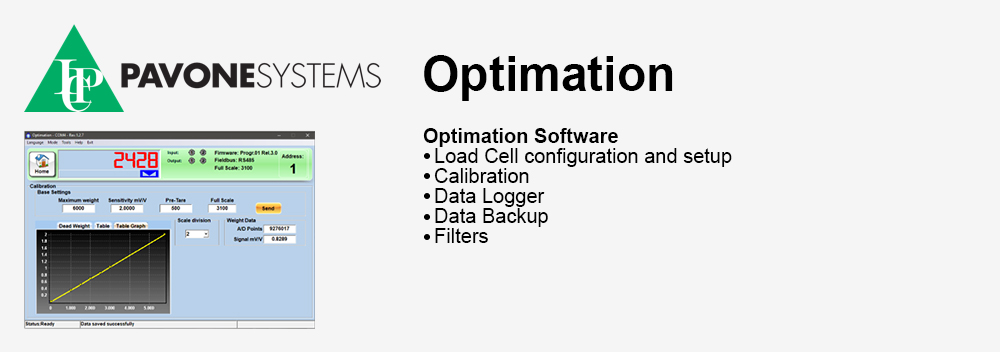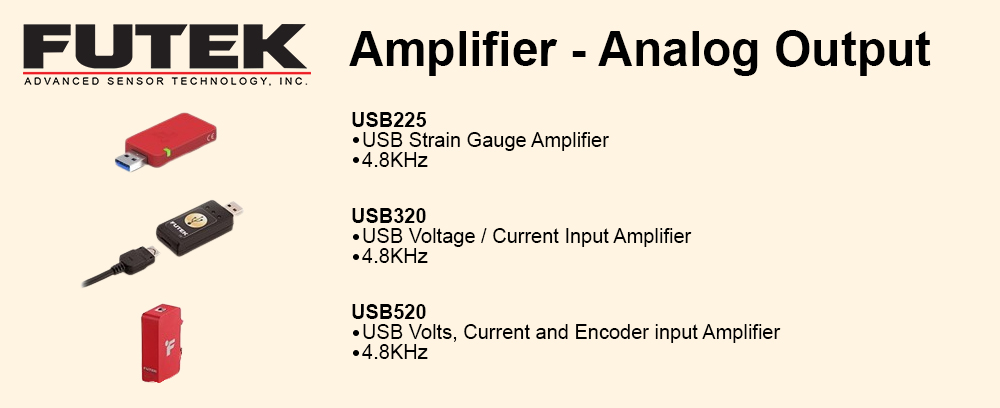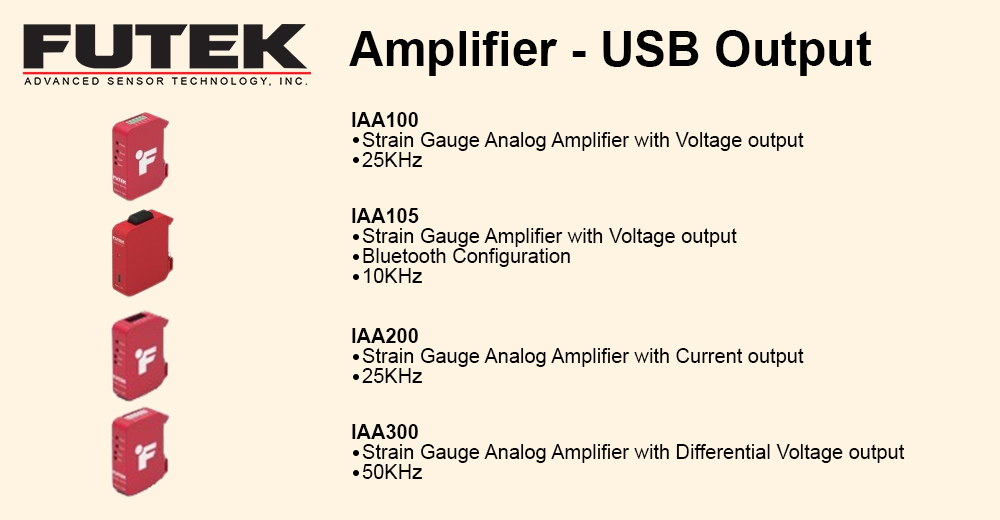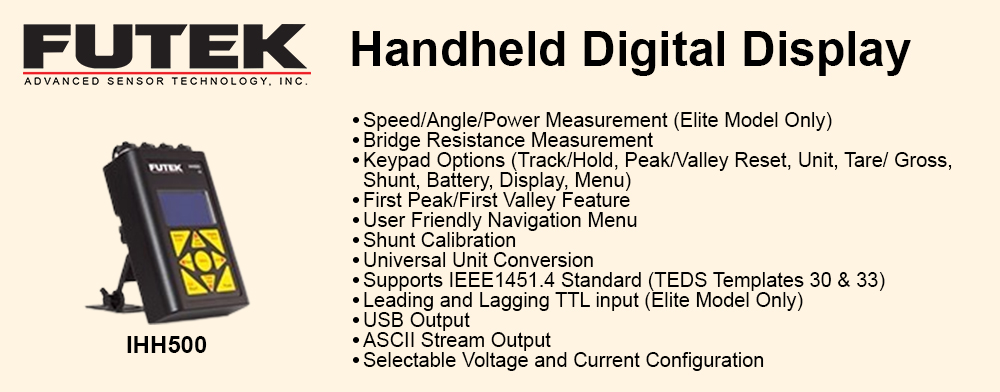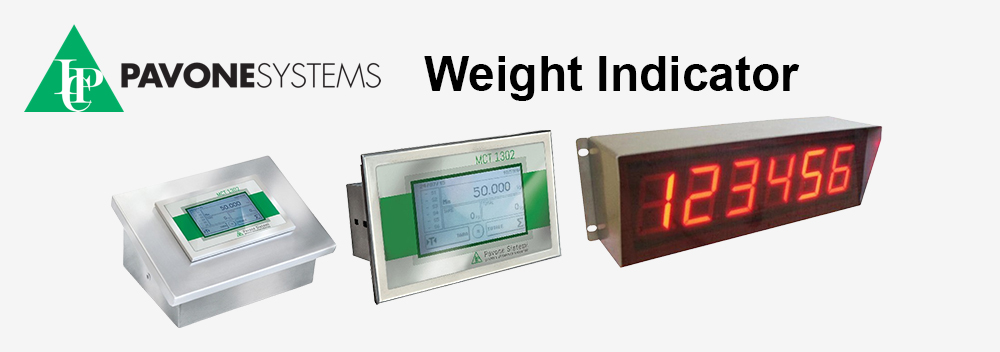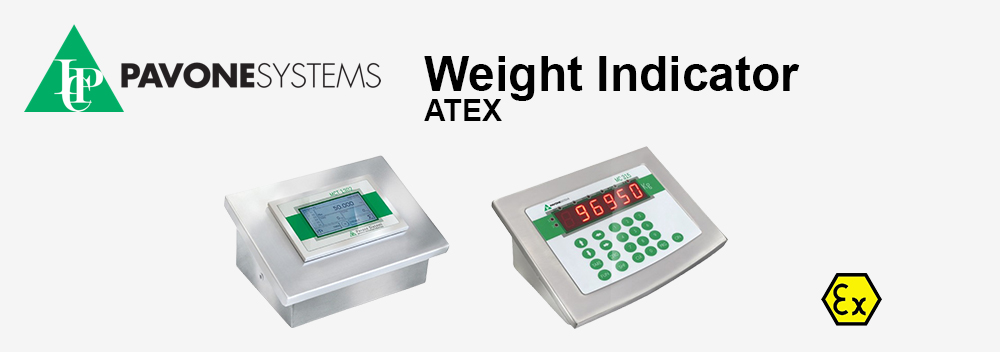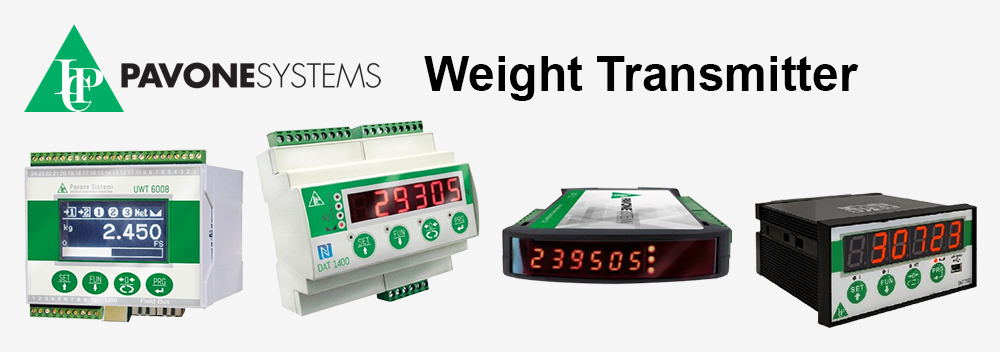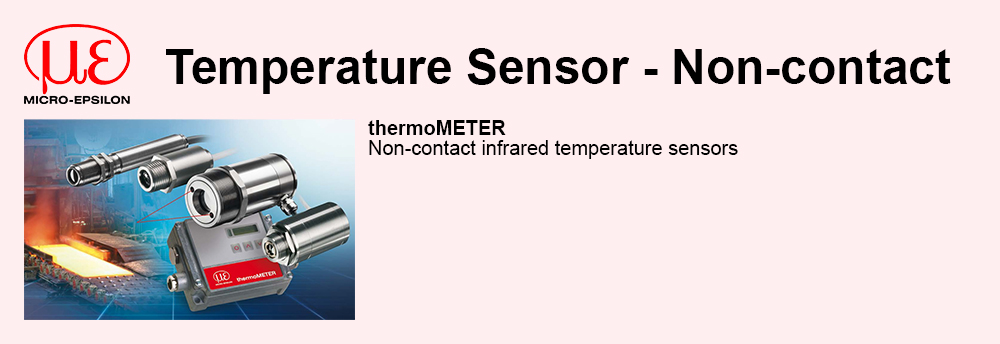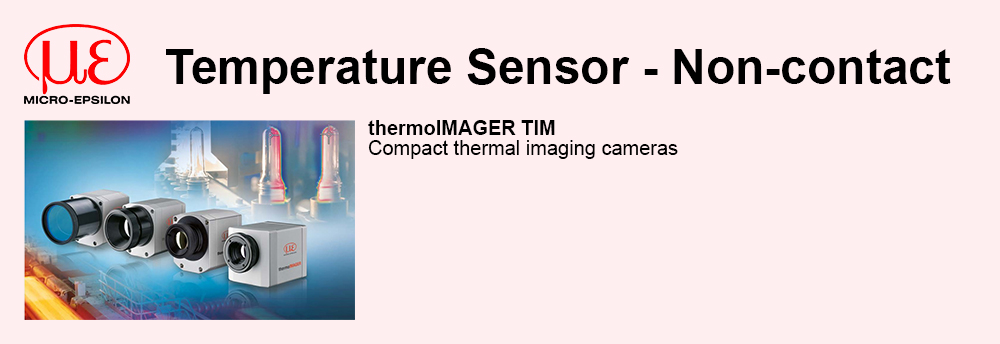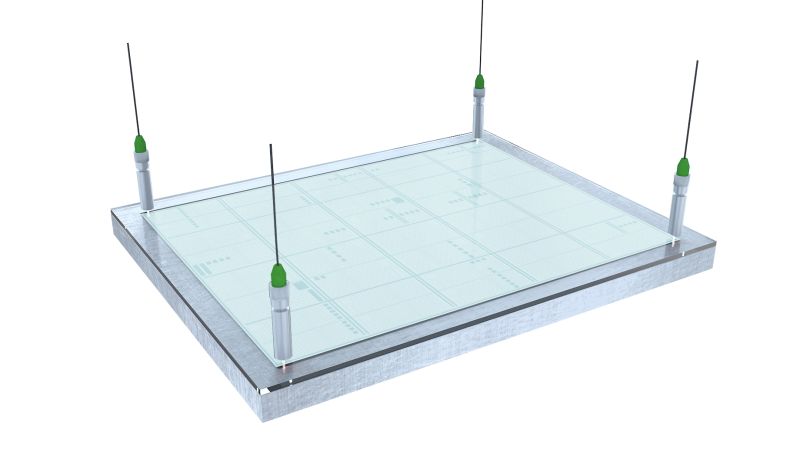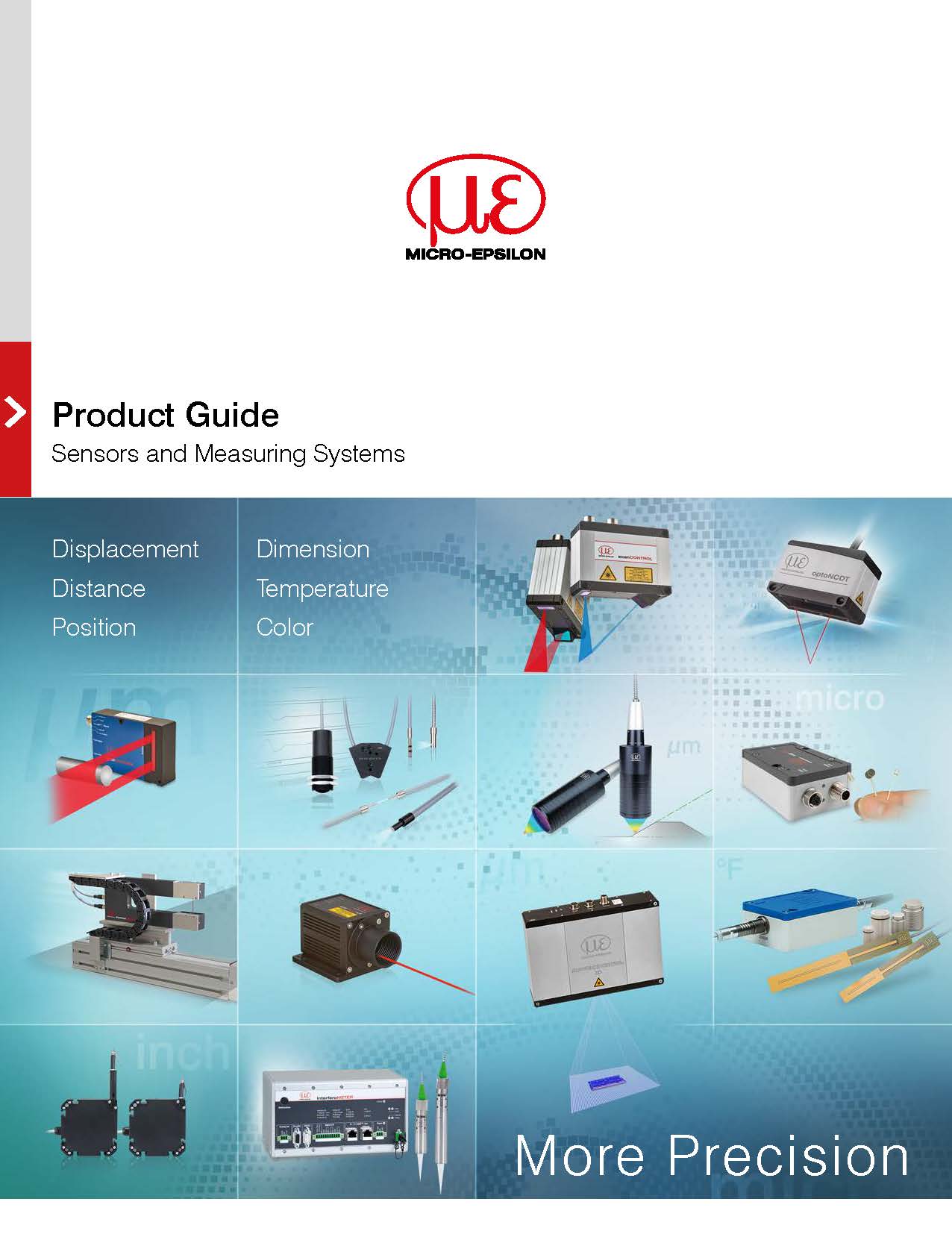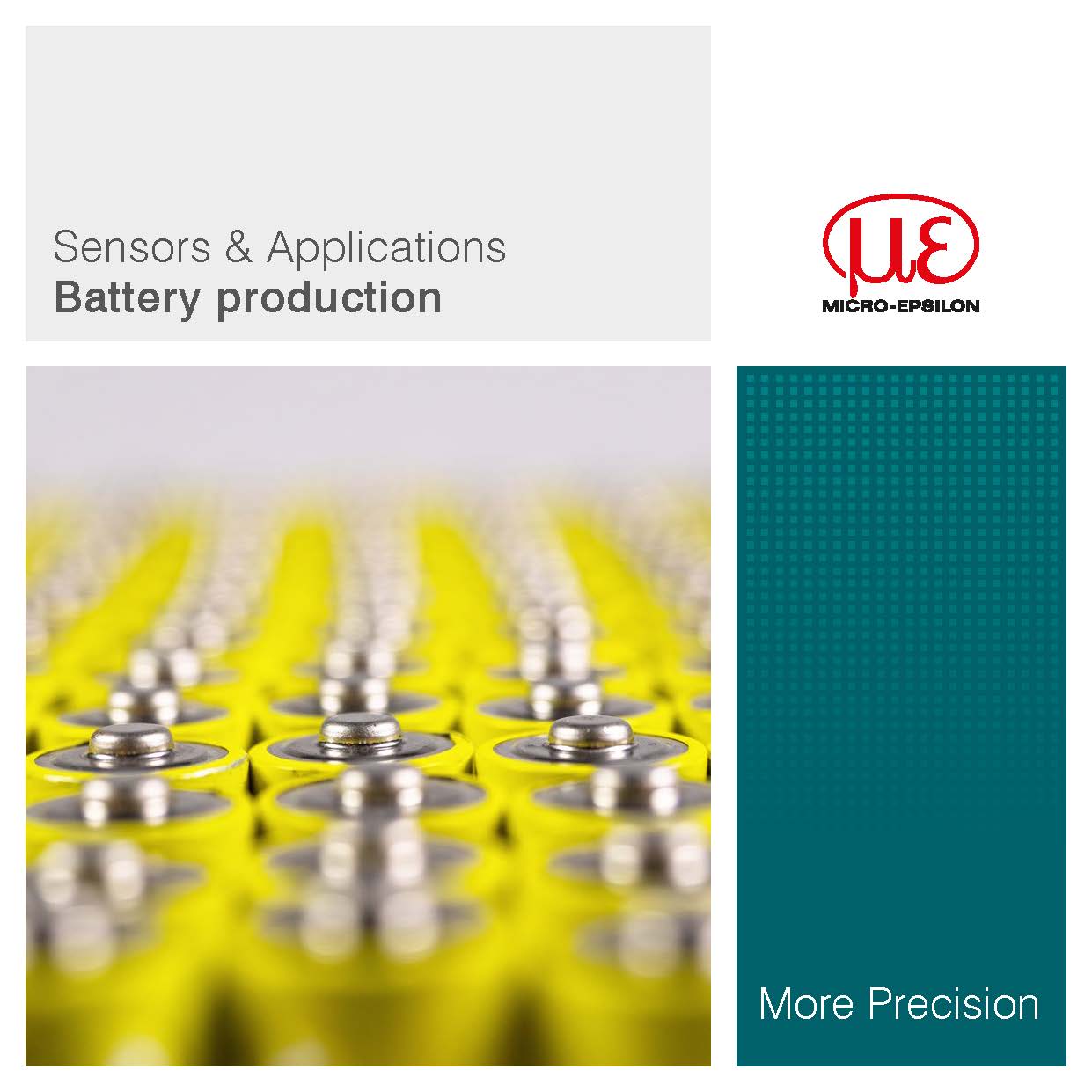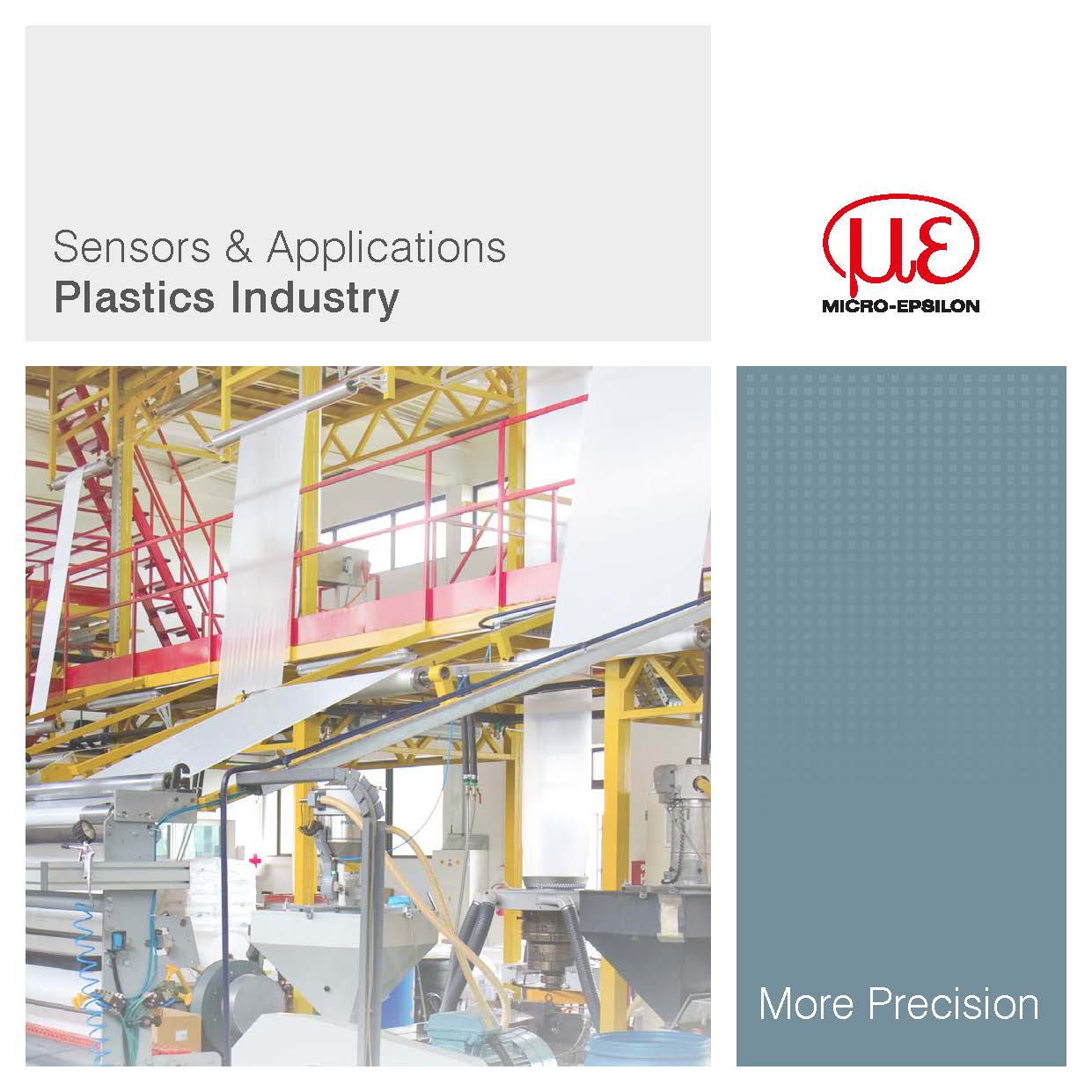Shipbuilding and railway technology |
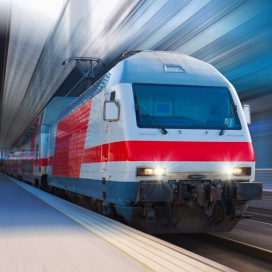 Sensors for displacement measurement are frequently used in both these areas. In doing so, the application area starts as early as the manufacture. For example, sensors from Micro-Epsilon are used for the quality inspection. In operation, they often provide the necessary safety such as, for example, the inclination of trains. Displacement sensors are also used during maintenance and repair. |
Ovality inspection on brake pipes using vision4A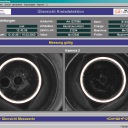 For the highly accurate measurement of the roundness of the ends of brake pipes in production with short cycle times, only a precise and versatile vision system is able to fulfill the required rapid data acquisition with the associated evaluation. In this regard the diameter measurement of individual pipes, as normally carried out in the industry through the center of the circle, is nowhere near sufficient. For reliable quality assessment the deviation of the actually existing circular geometry must be dimensionally acquired over the complete 360° circle. Sensor technology applied |
| __________________________________________________________________________________________________________ |
Rail wear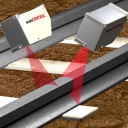 Tram or train rails are subject to constant wear either due to corrosion or due to friction during use. Rails are checked for wear completely automatically using a system developed by Micro-Epsilon. A test car records the surface profile of the rail during the journey. The data obtained is compared with standard values and if a section is recognized as worn down, the system stores the track section for later maintenance. The profiles are measured using several line scanners of the type scanCONTROL 2800. Sensor technology applied |
| __________________________________________________________________________________________________________ |
Profile measurement of mounted tram rails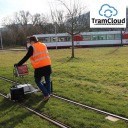 Modern operating conditions for trams lead to increased wear of the wheels and rail. In order to document the wear of the rail, our customer has developed a measurement system that detects, automatically evaluates and analyzes this data. scanCONTROL laser profile scanners record the profile of the rail. Sensor technology applied |
| __________________________________________________________________________________________________________ |
Fluid level measurement of aluminum pig irons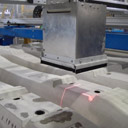 A German manufacturer of prestressed concrete products uses a number of 3D measurement systems by InSystems Automation with optical sensors made by Micro-Epsilon for quality control of railway sleepers. The systems include a portal station that is fitted to a forming station above the conveyor technology. Two scanCONTROL LLT2800-100 laser profile sensors travel along the portal axes and scan the sleepers from above. Sensor technology applied |
| __________________________________________________________________________________________________________ |
Measurement of the tilt angle on tilting trains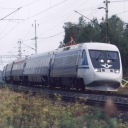 Through the application of tilting trains existing track can be traveled at higher speeds and consequently used more efficiently. Displacement sensors fitted to the front end of the vehicle determine the required degree of tilt of the coach body when taking bends in order to compensate for the "arising sideward acceleration". This data is passed to the control units in the following coaches which then tilt the coach bodies appropriately. When taking a bend, the coach body on the vehicle is then tilted towards the inside of the bend with the aid of hydraulic cylinders. Sensor technology applied |
| __________________________________________________________________________________________________________ |
Automatic inspection and repair of marine propellers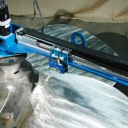 Deformed ship propellers are bent back to their original condition using special machines. Previously, this work was performed manually but today it has been replaced by automatic systems. The current shape of the propeller is measured and stored using an optoNCDT 1700 series laser sensor. The system then automatically recognizes which positions need focusing on. In doing this, the laser sensor measures the shiny surface of the propeller, which it is able to do extremely well by using fast, real-time surface compensation (RTSC) exposure regulation. Sensor technology applied |
| __________________________________________________________________________________________________________ |
Tracking control of gantry and overhead cranes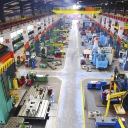 Rail-guiding elements (wheel flanges, guide pulleys) ensure that the crane stays on the rails. Due to uneven distribution of mass, track errors, rails offset and different driving speeds, the rail-guiding elements can mesh. The lateral forces arising from this can lead to noise, stress in the crane construction or wear of the wheels and rails. Machines of this type require considerable maintenance. In order to reduce the latter, so-called tracking controllers are used in order to ensure that the crane wheels are kept central to the rail track. In this case, a number of sensors keep the controller informed about the position and direction of the crane, as well as any deviations that occur. Sensor technology applied |




